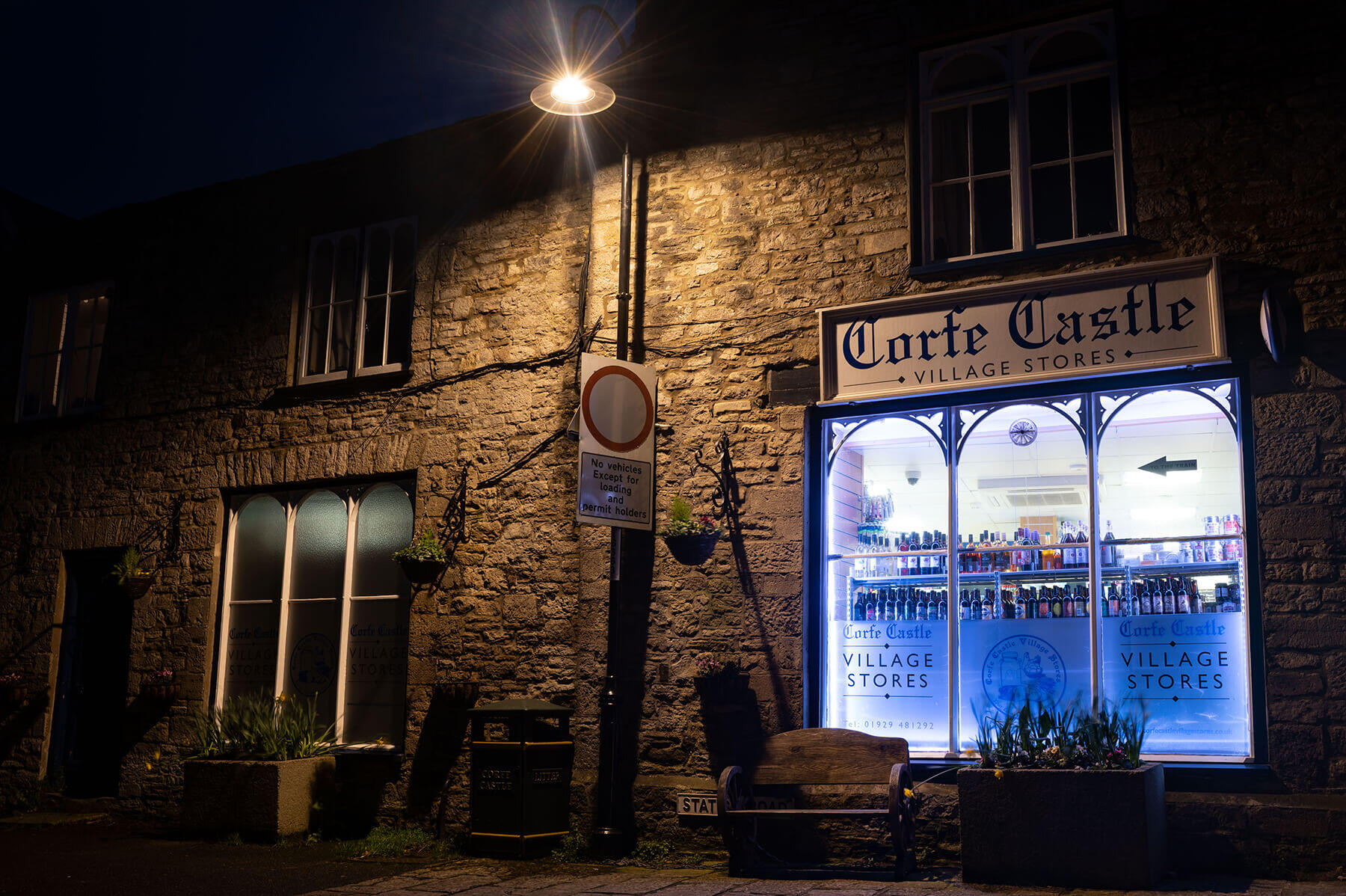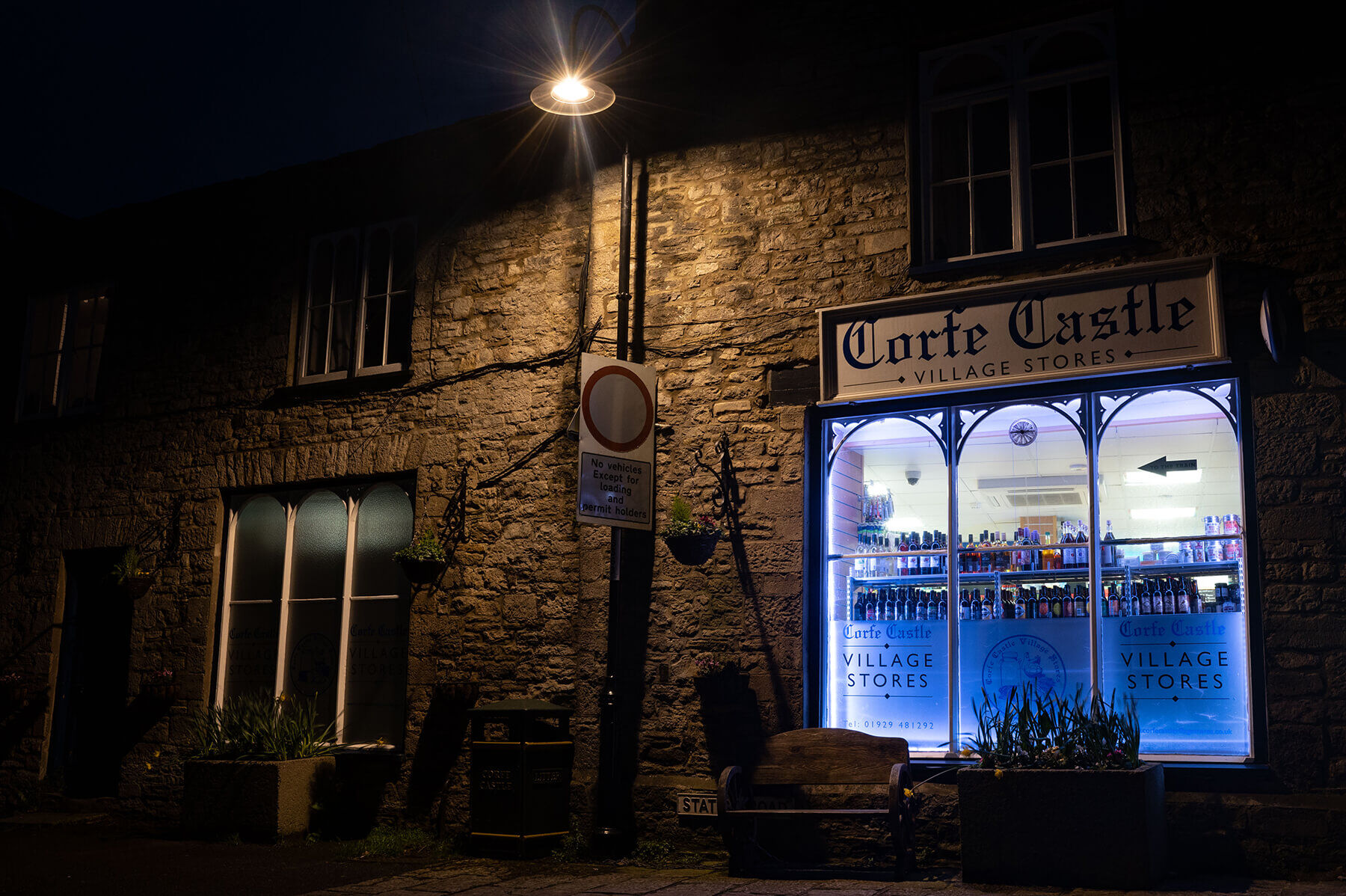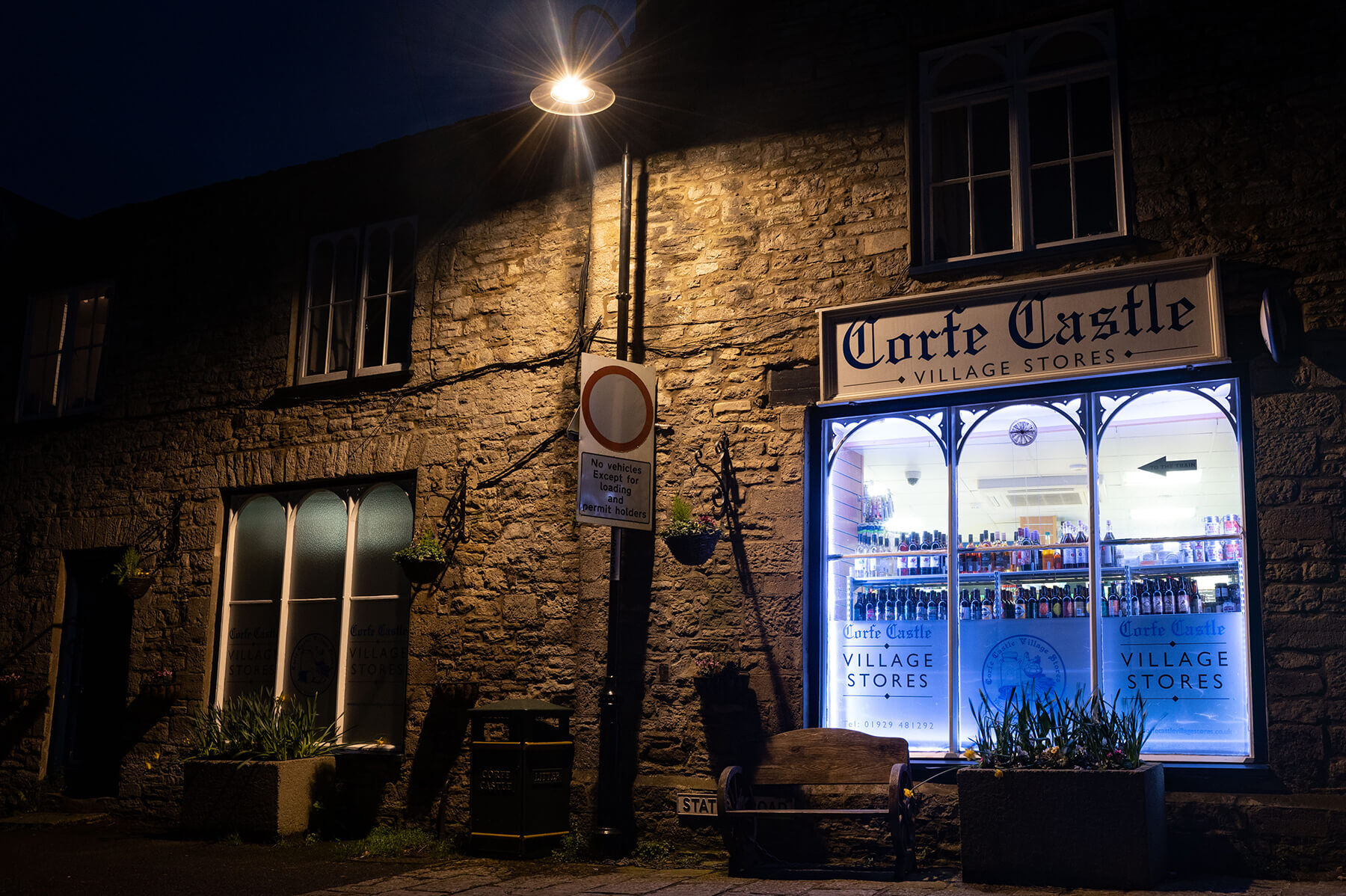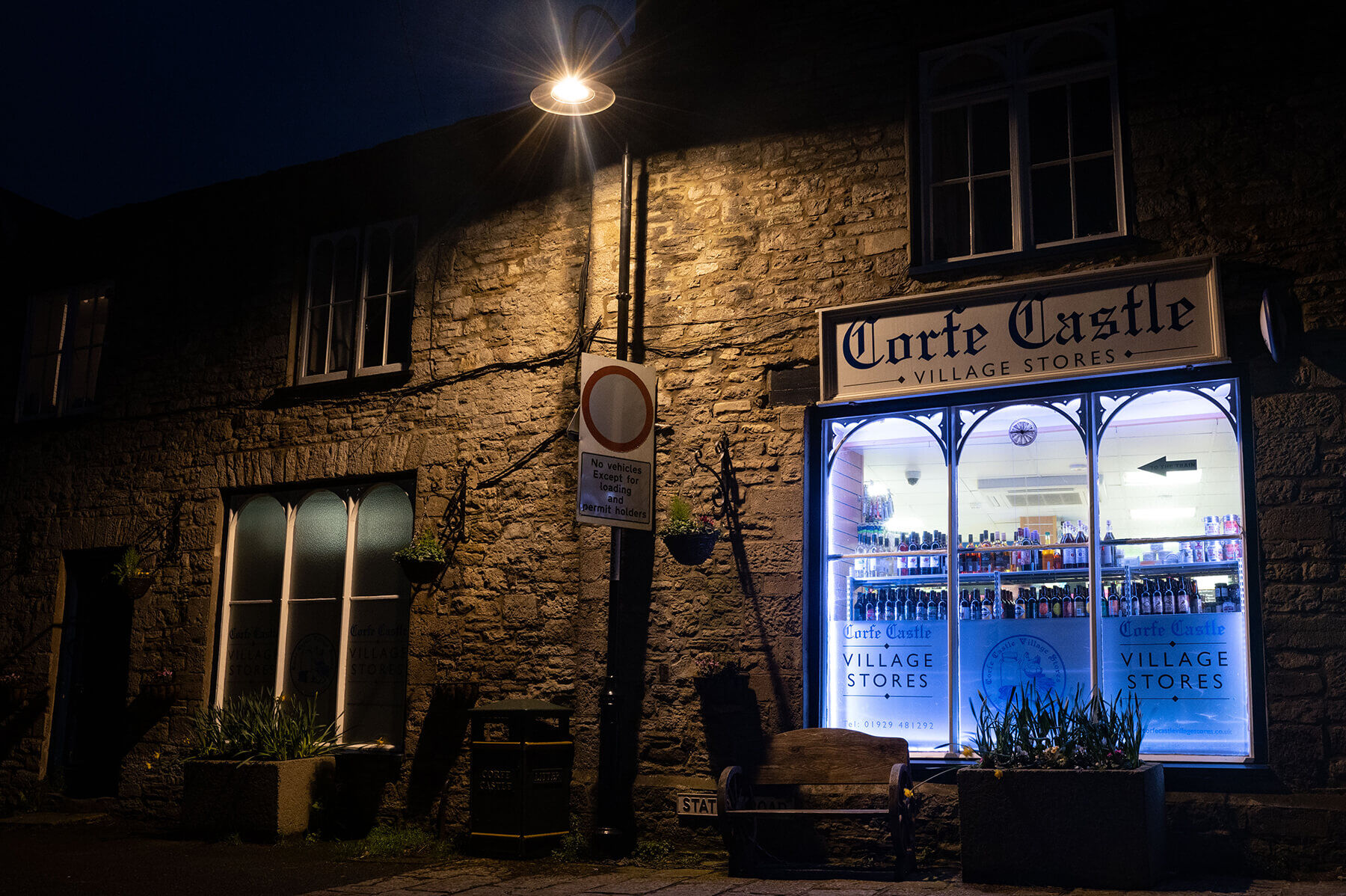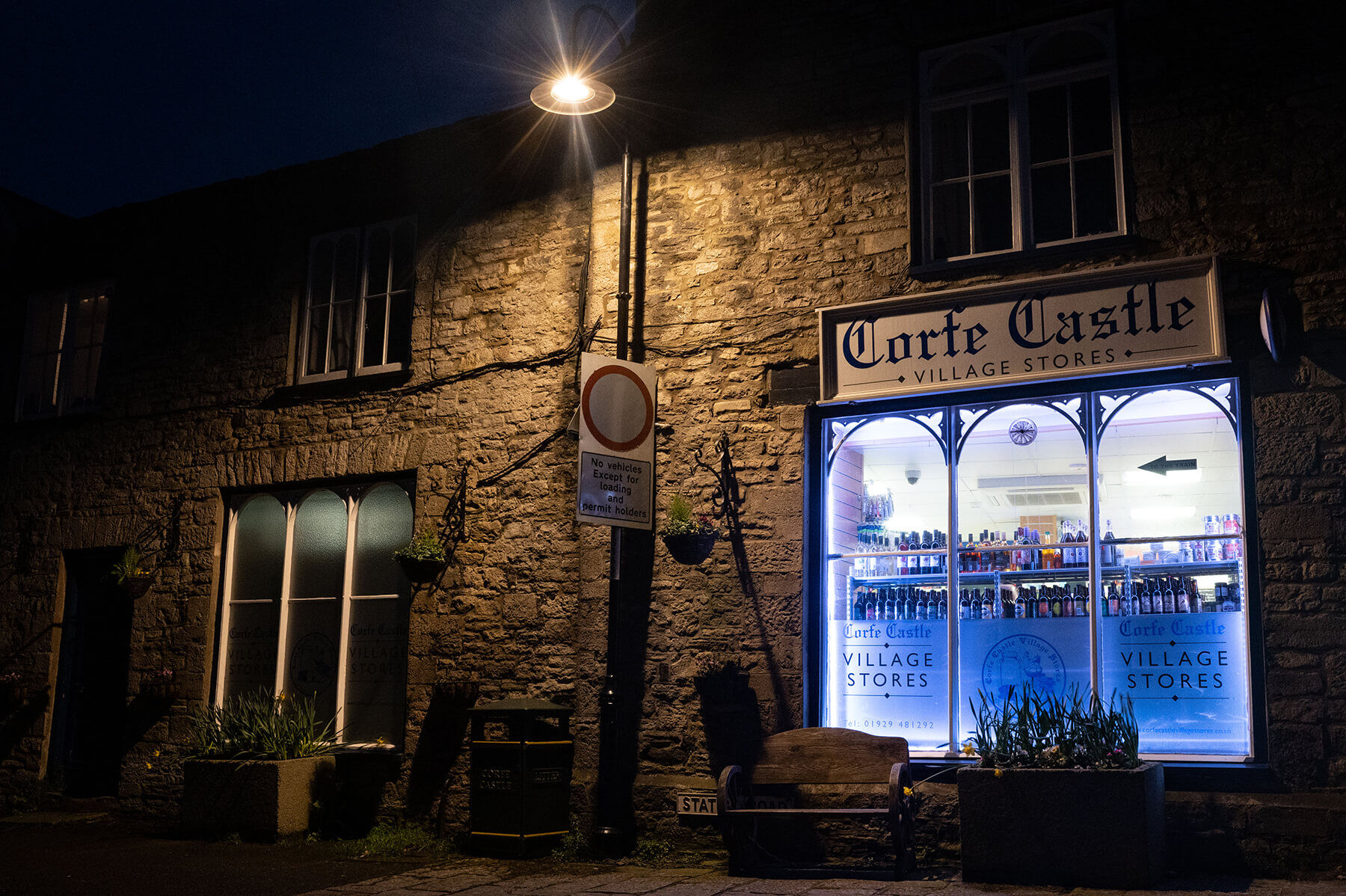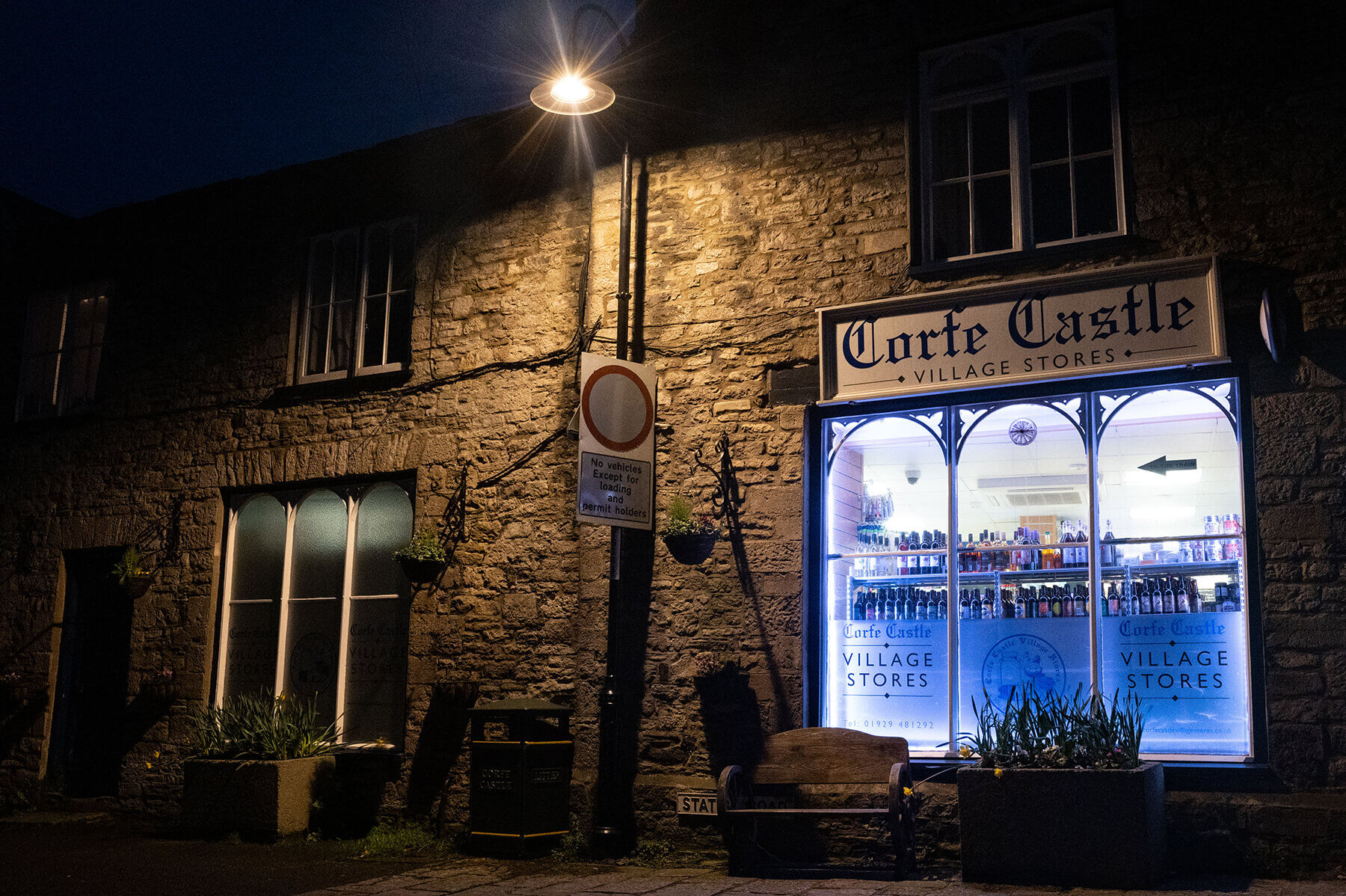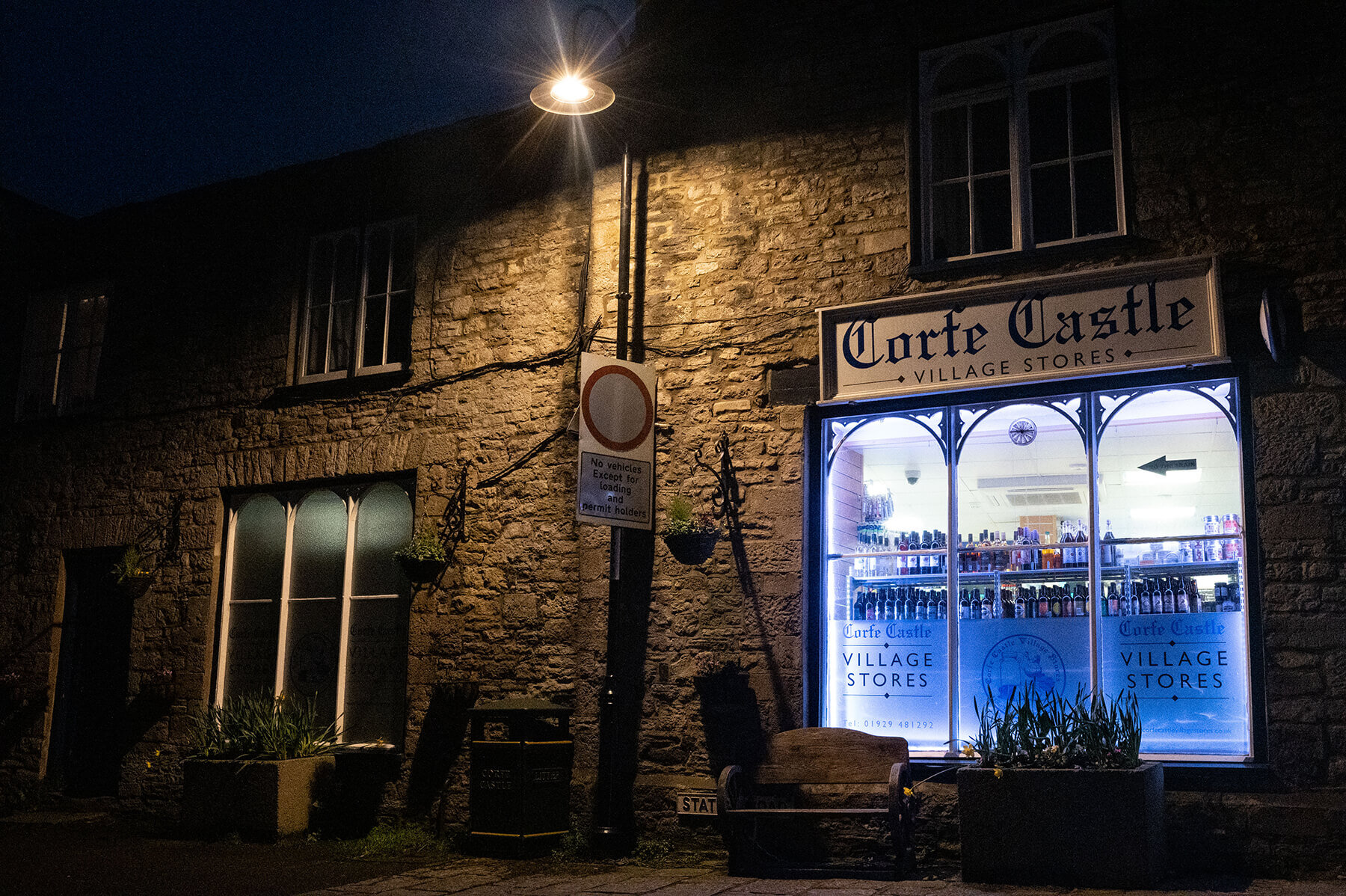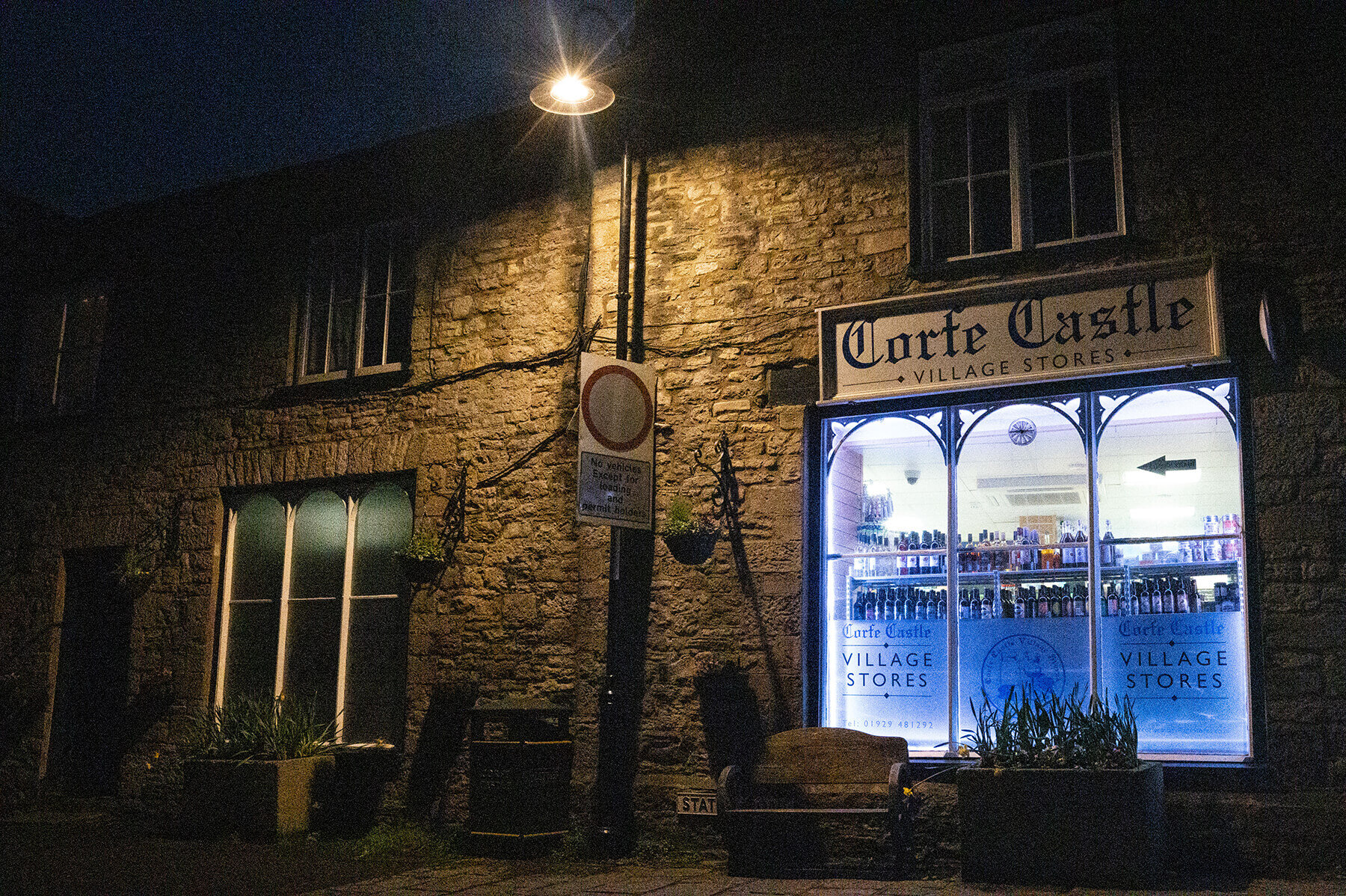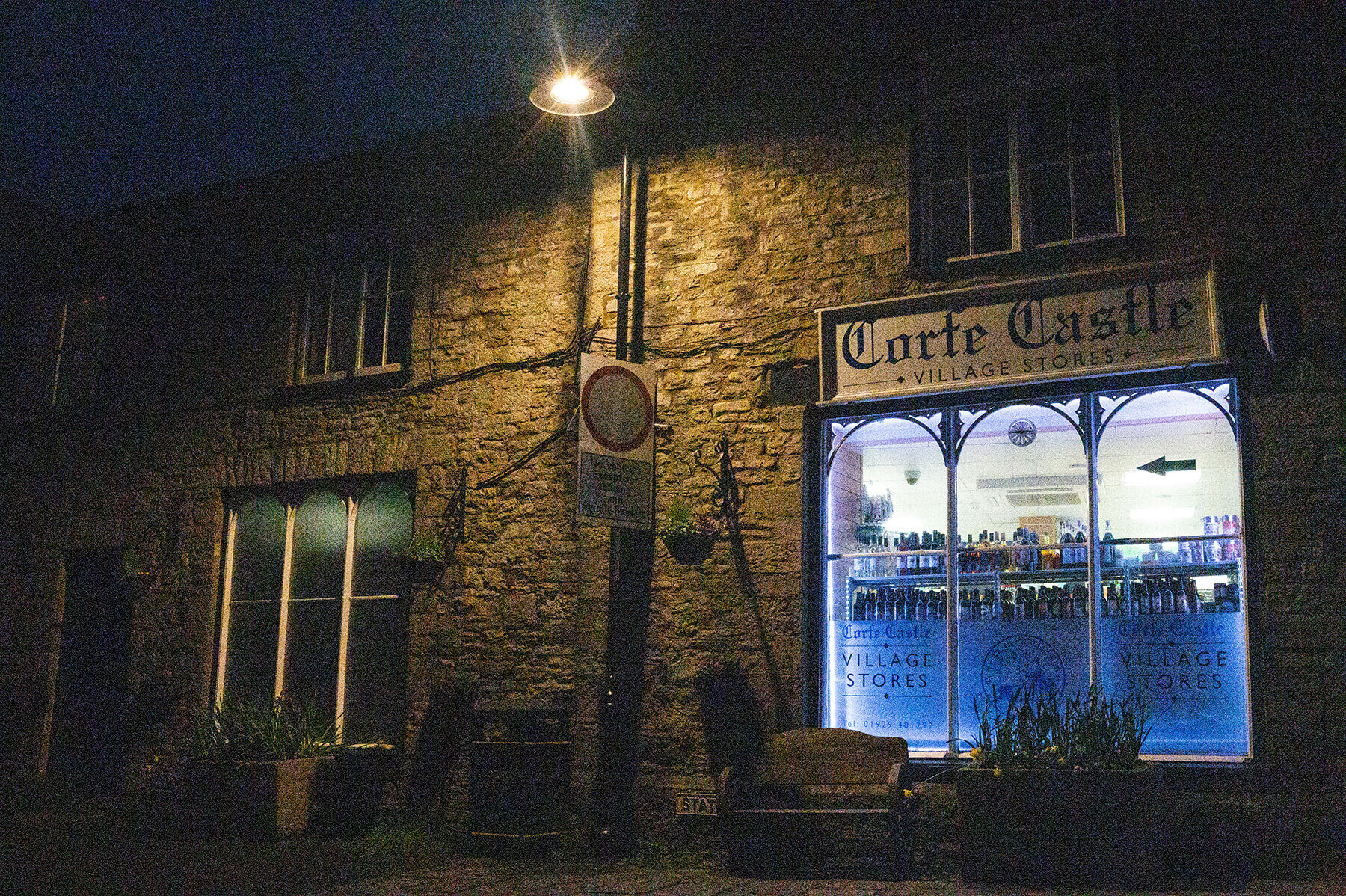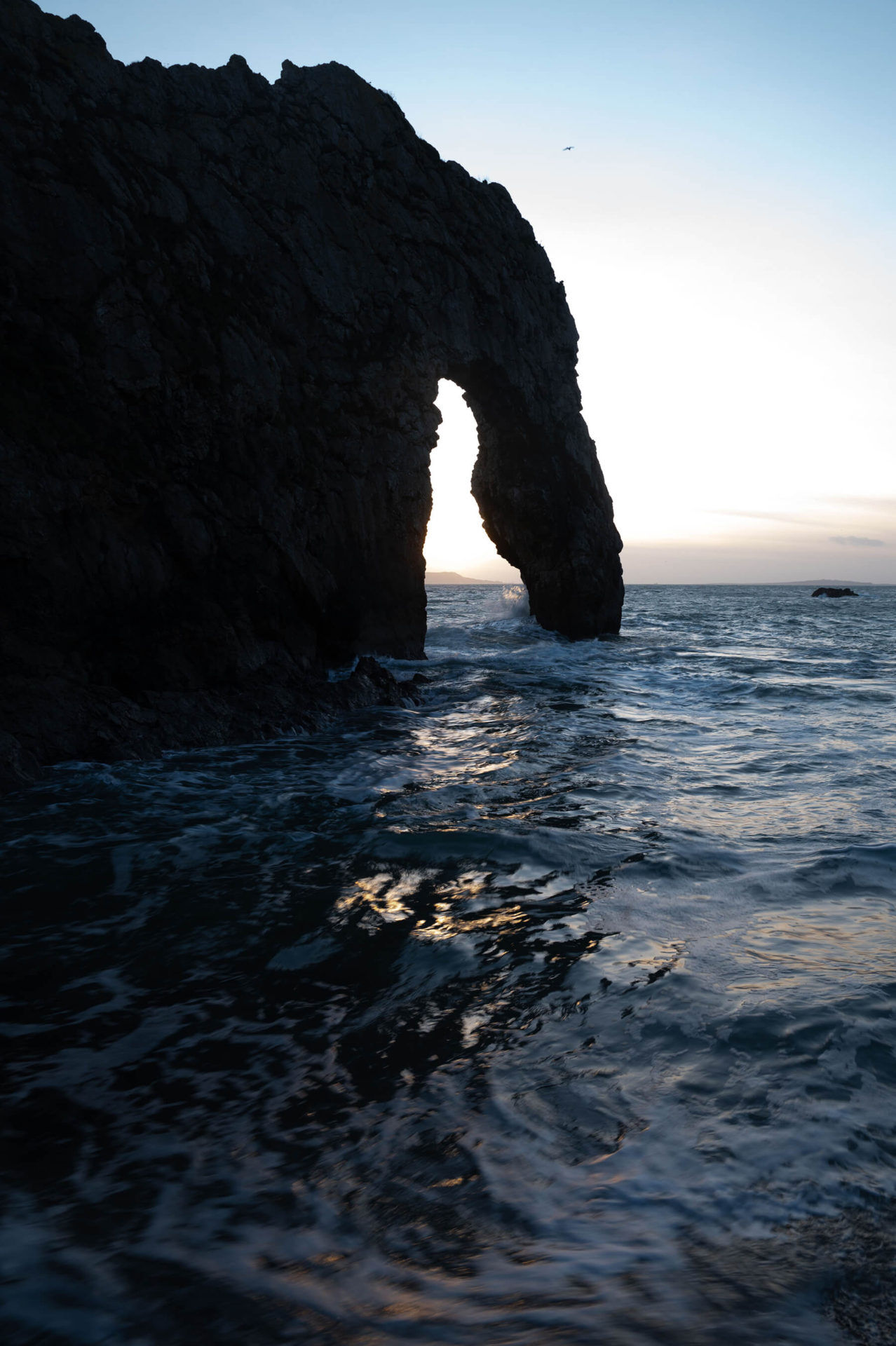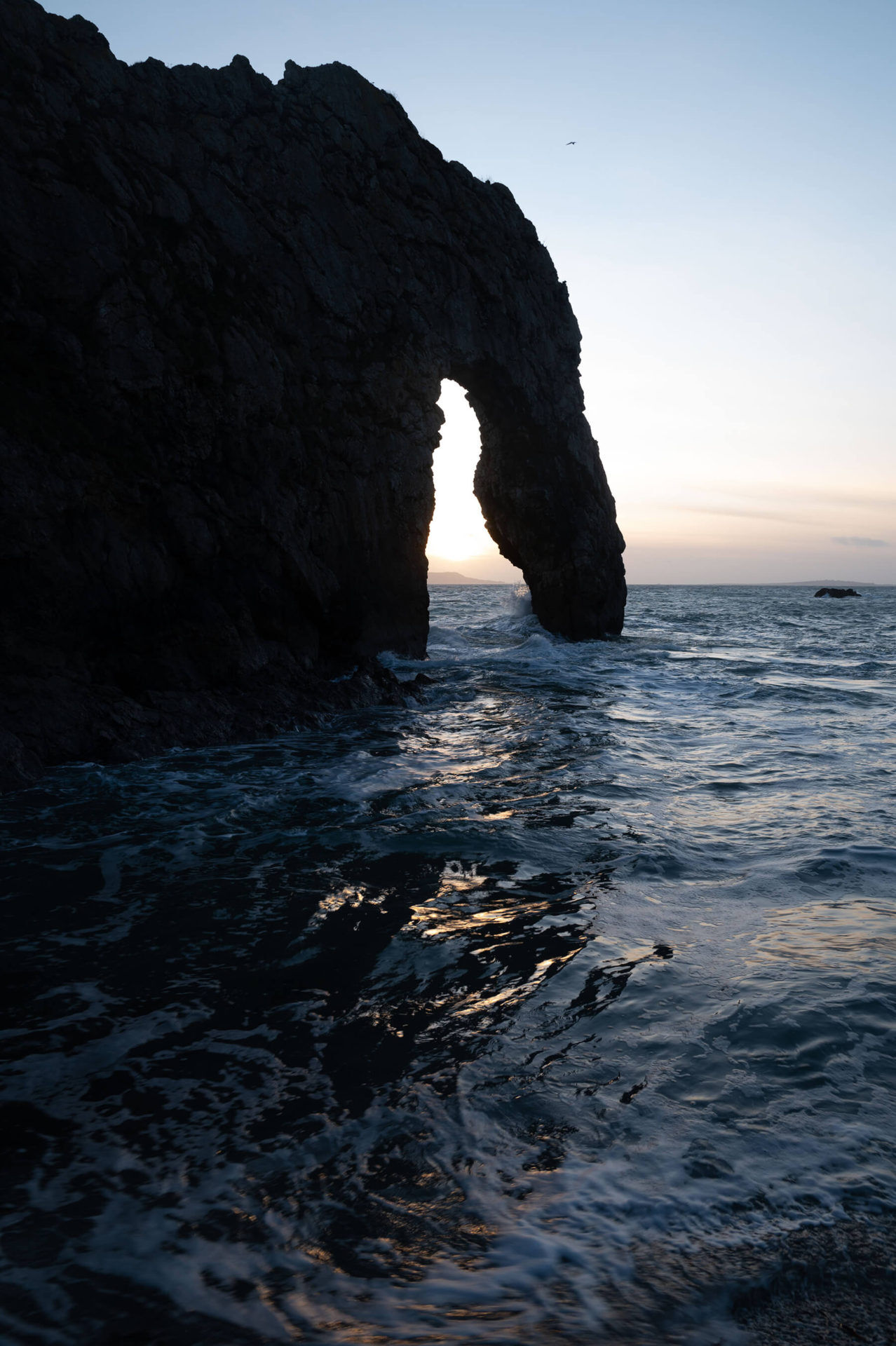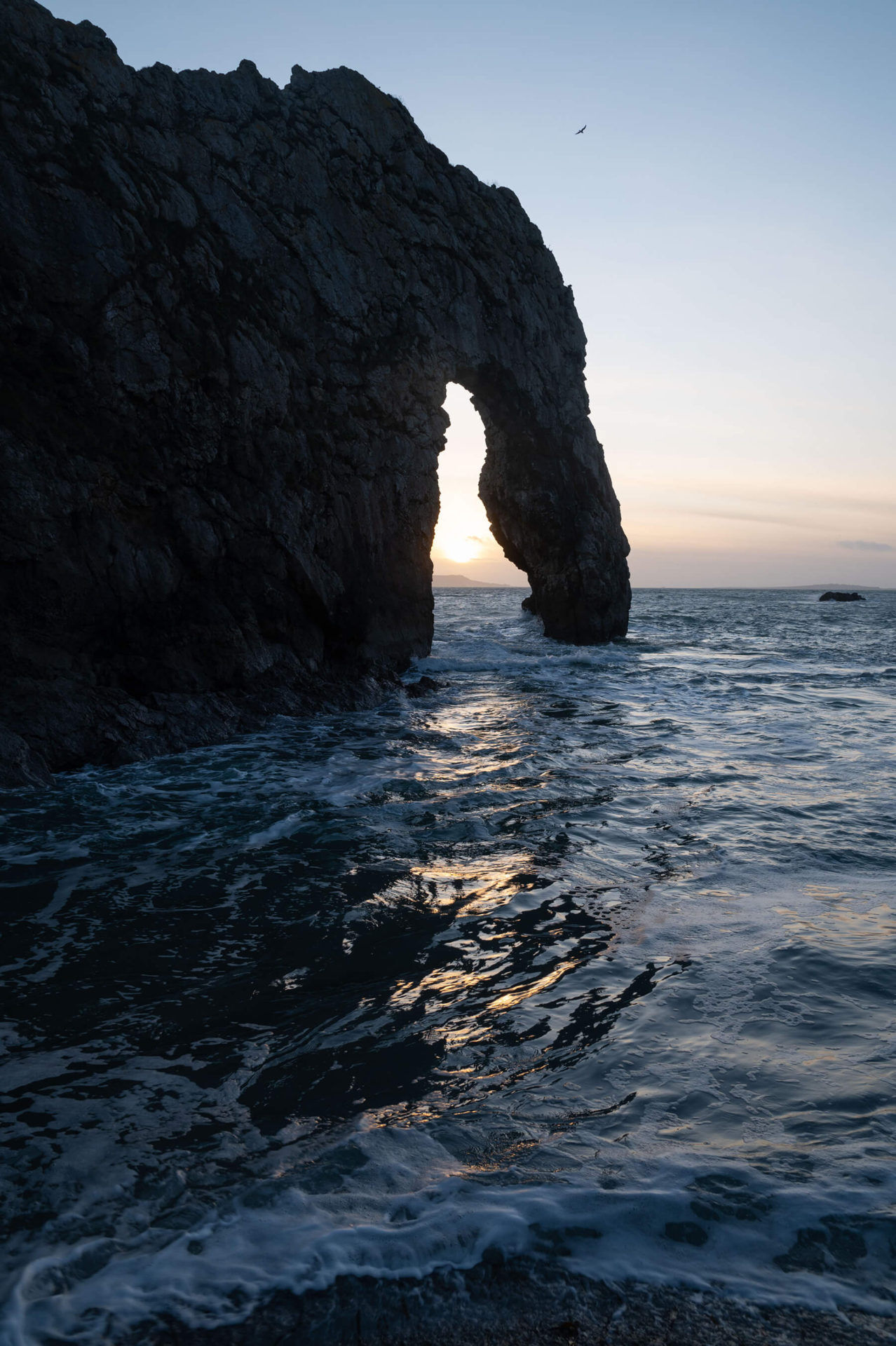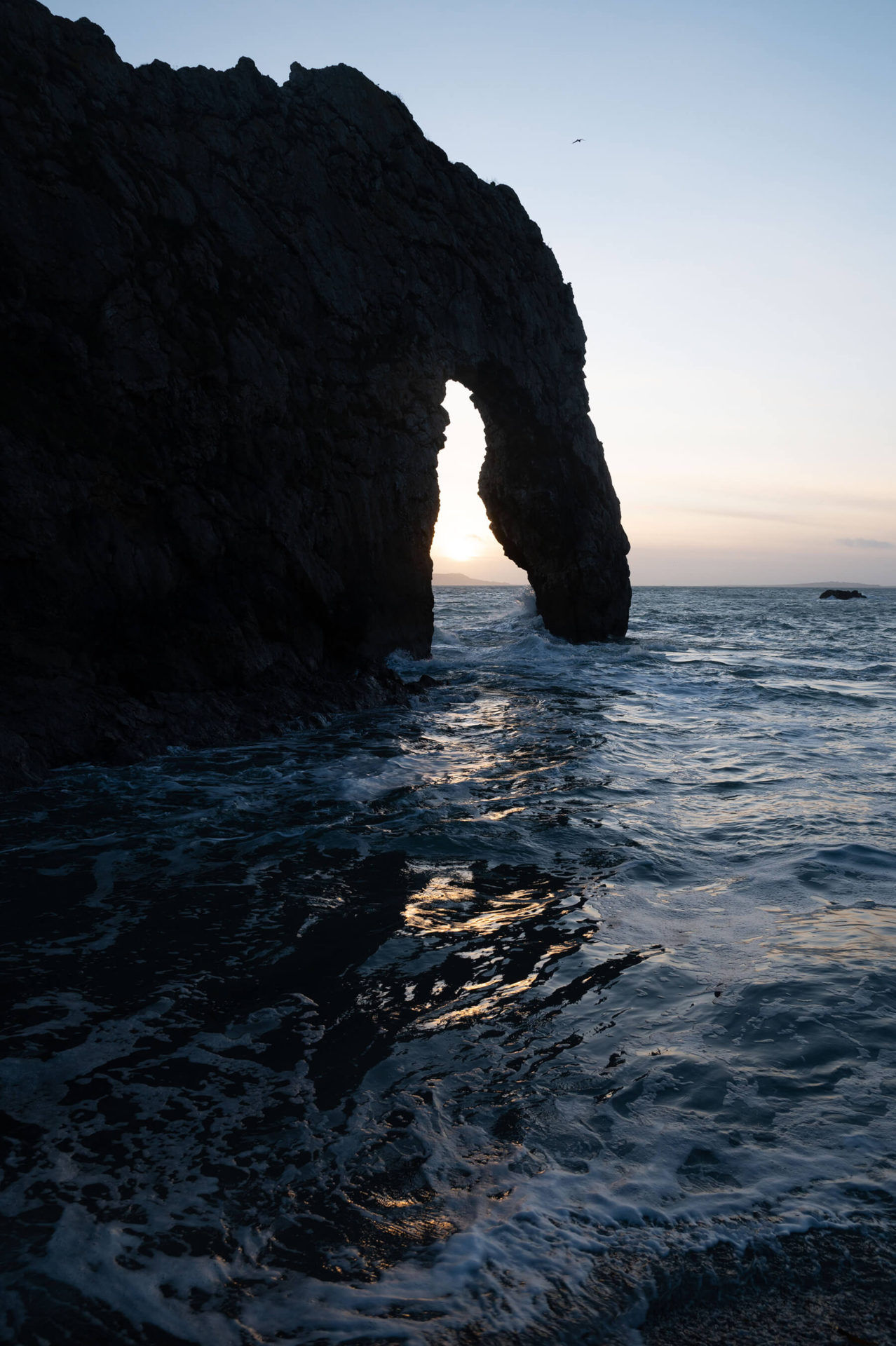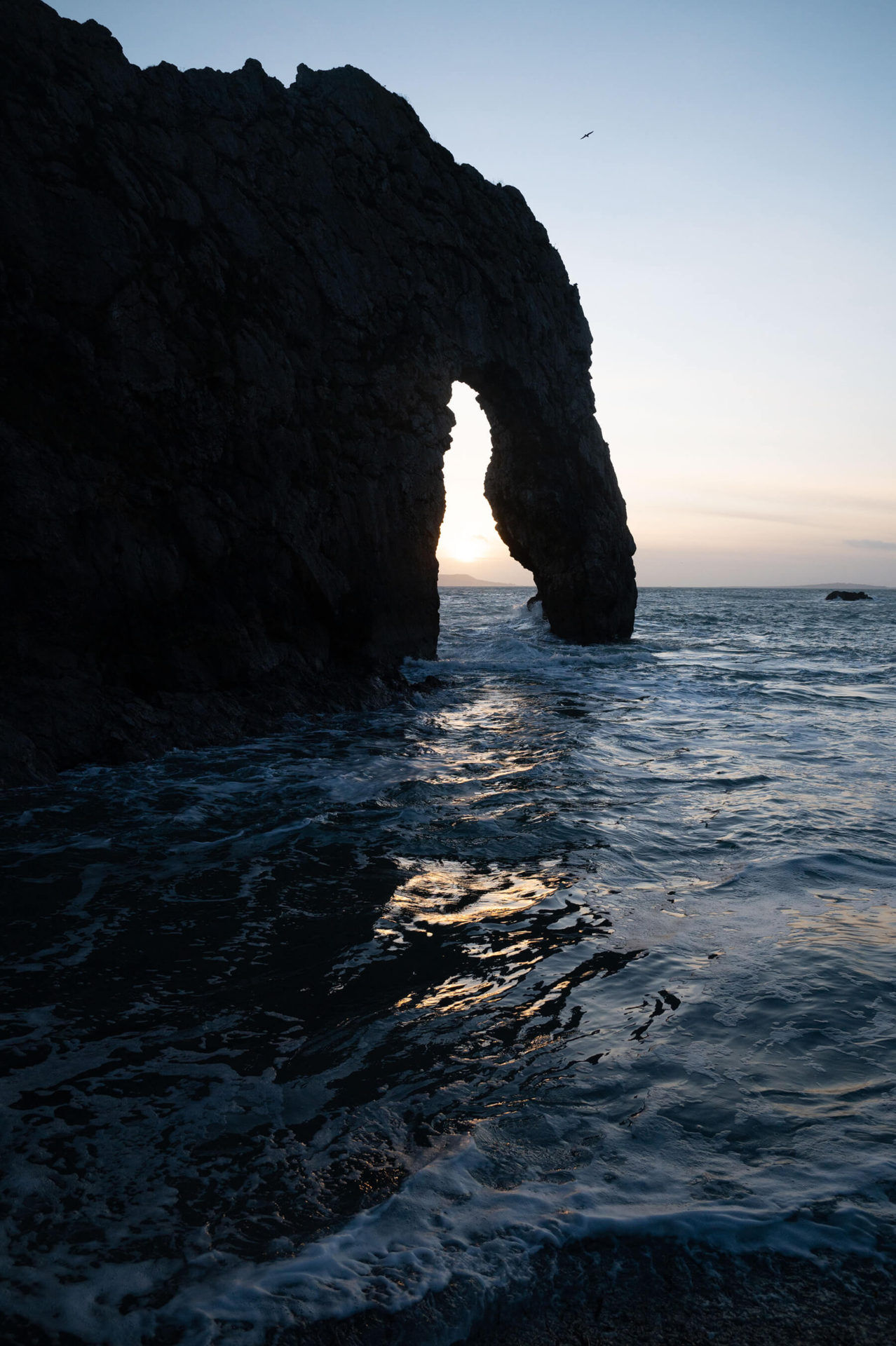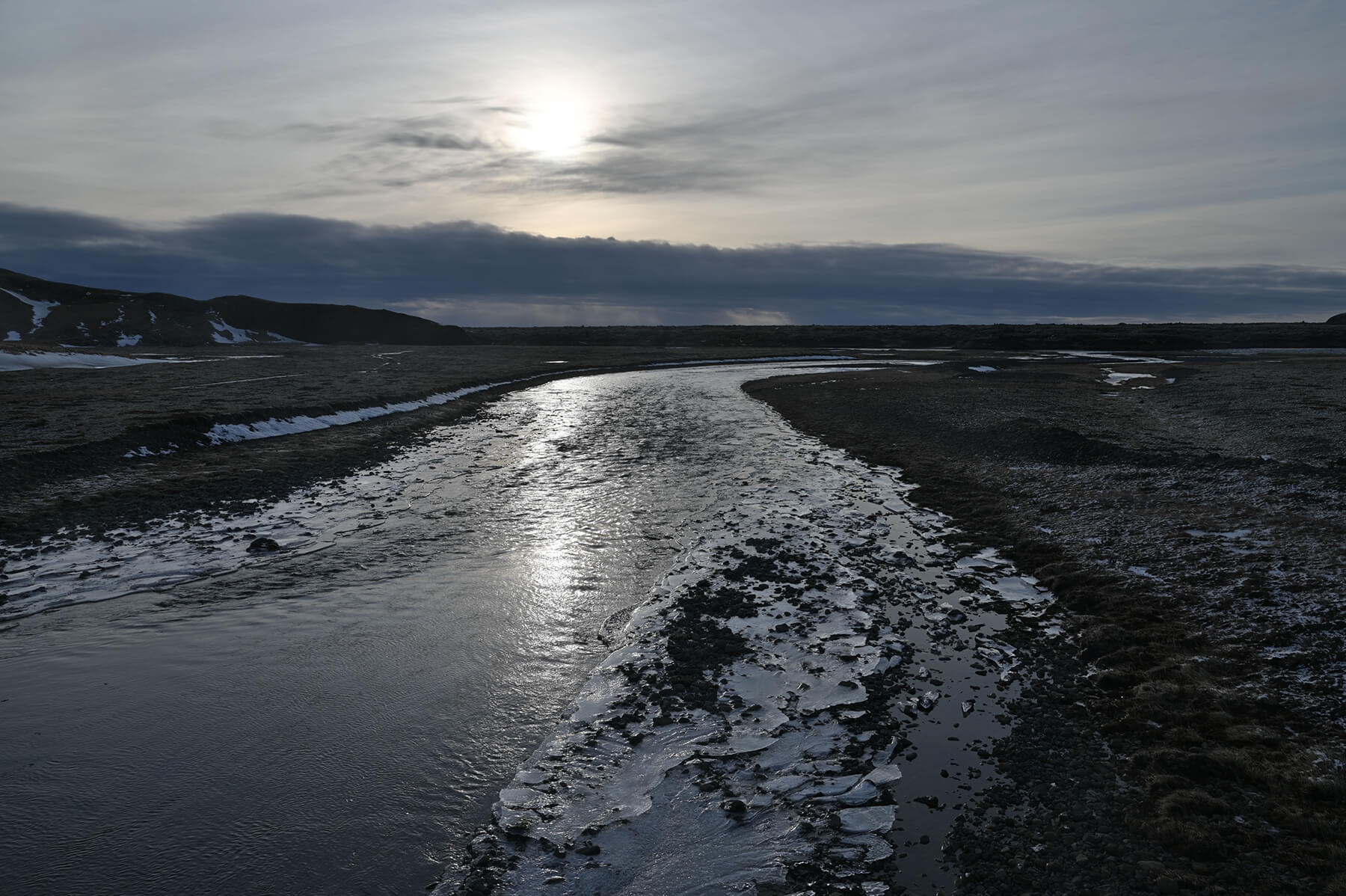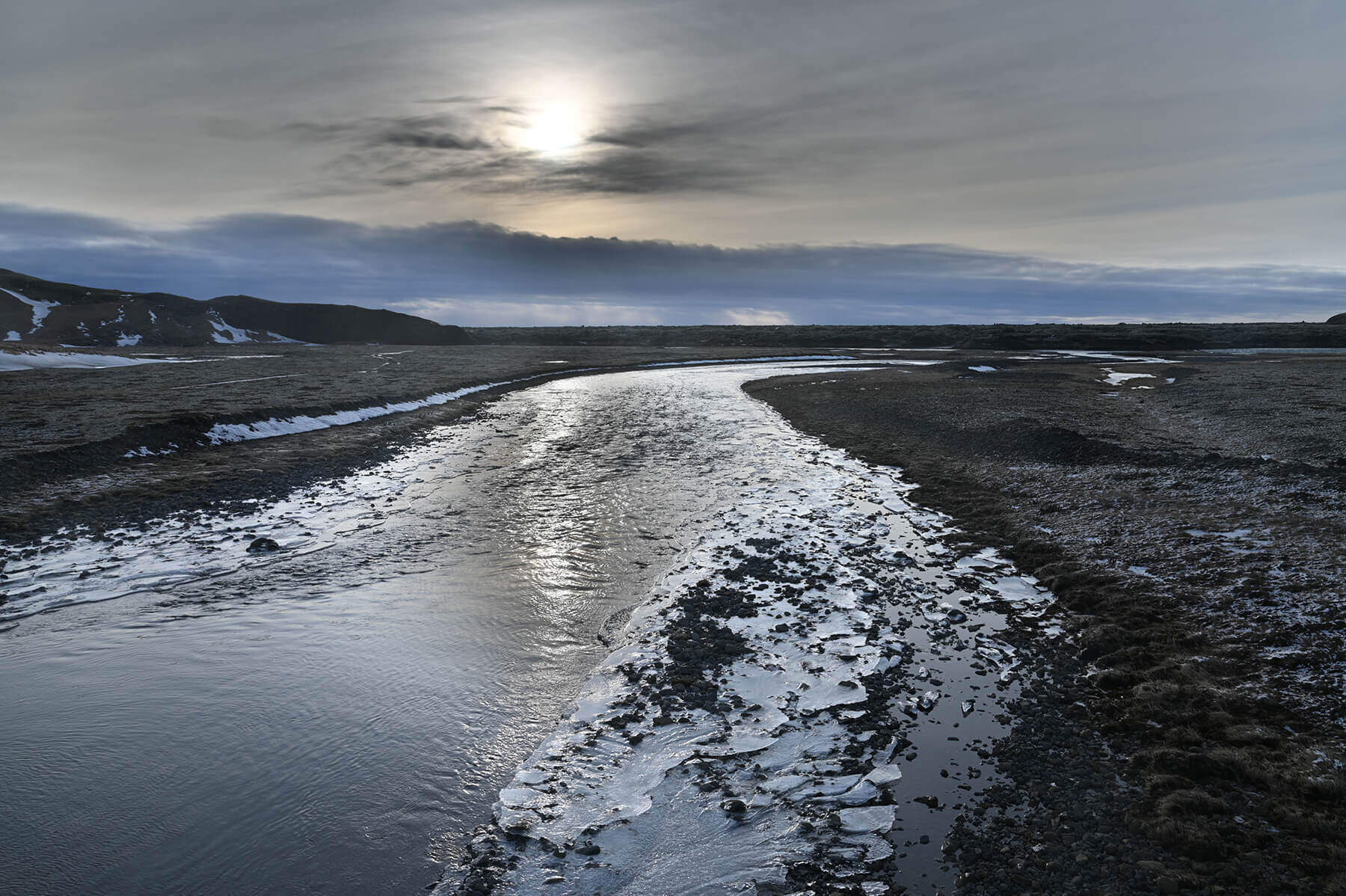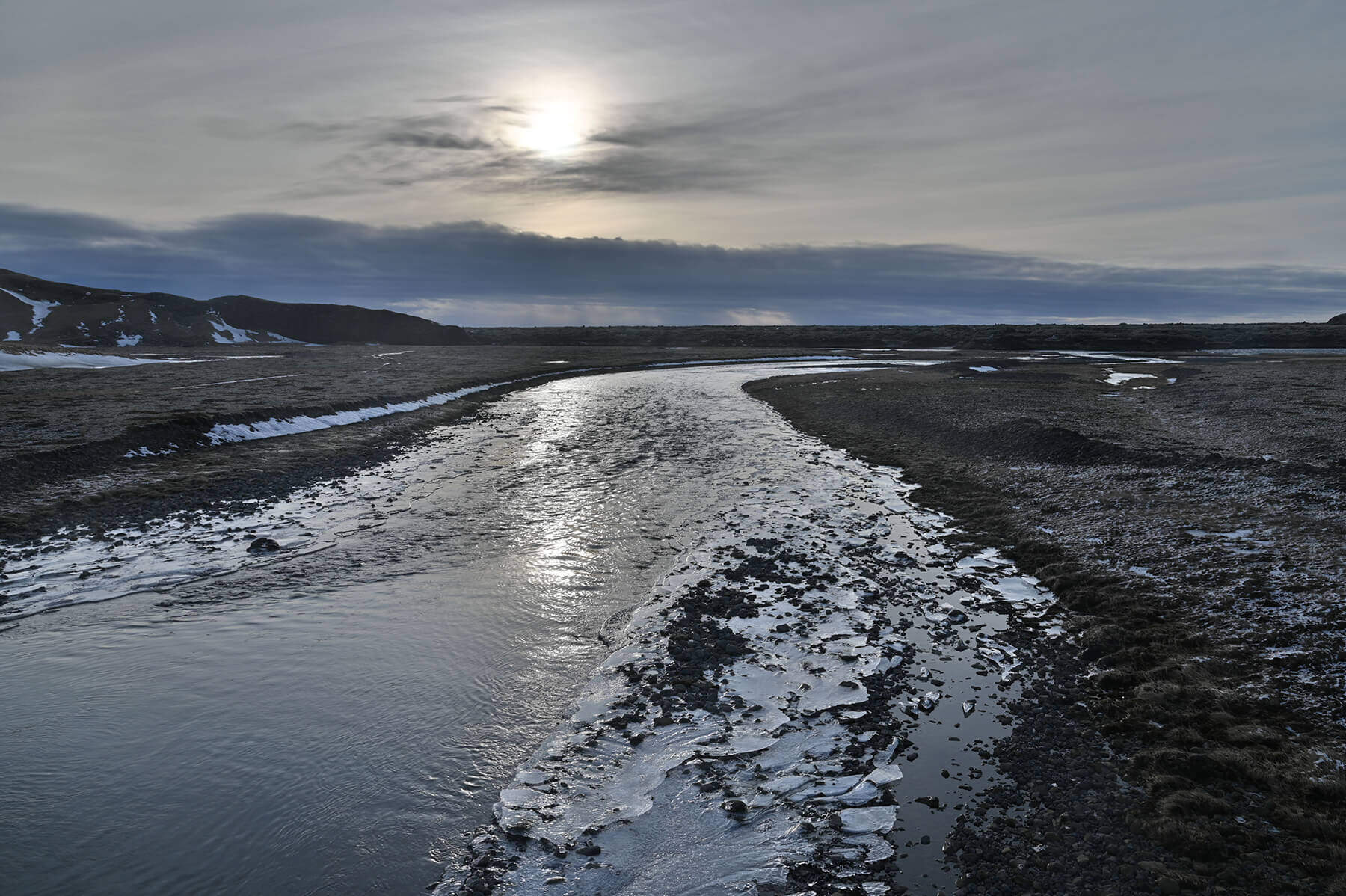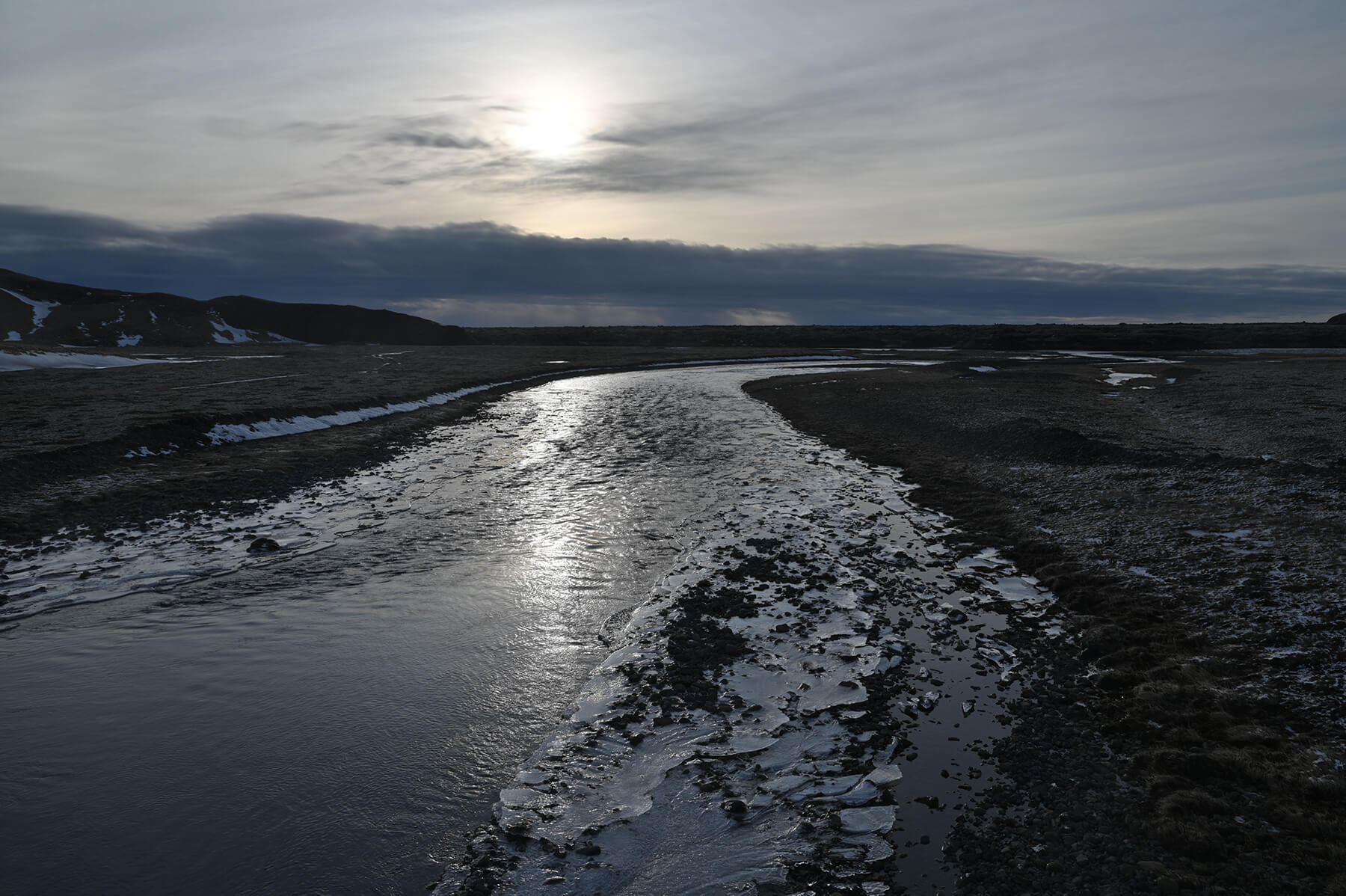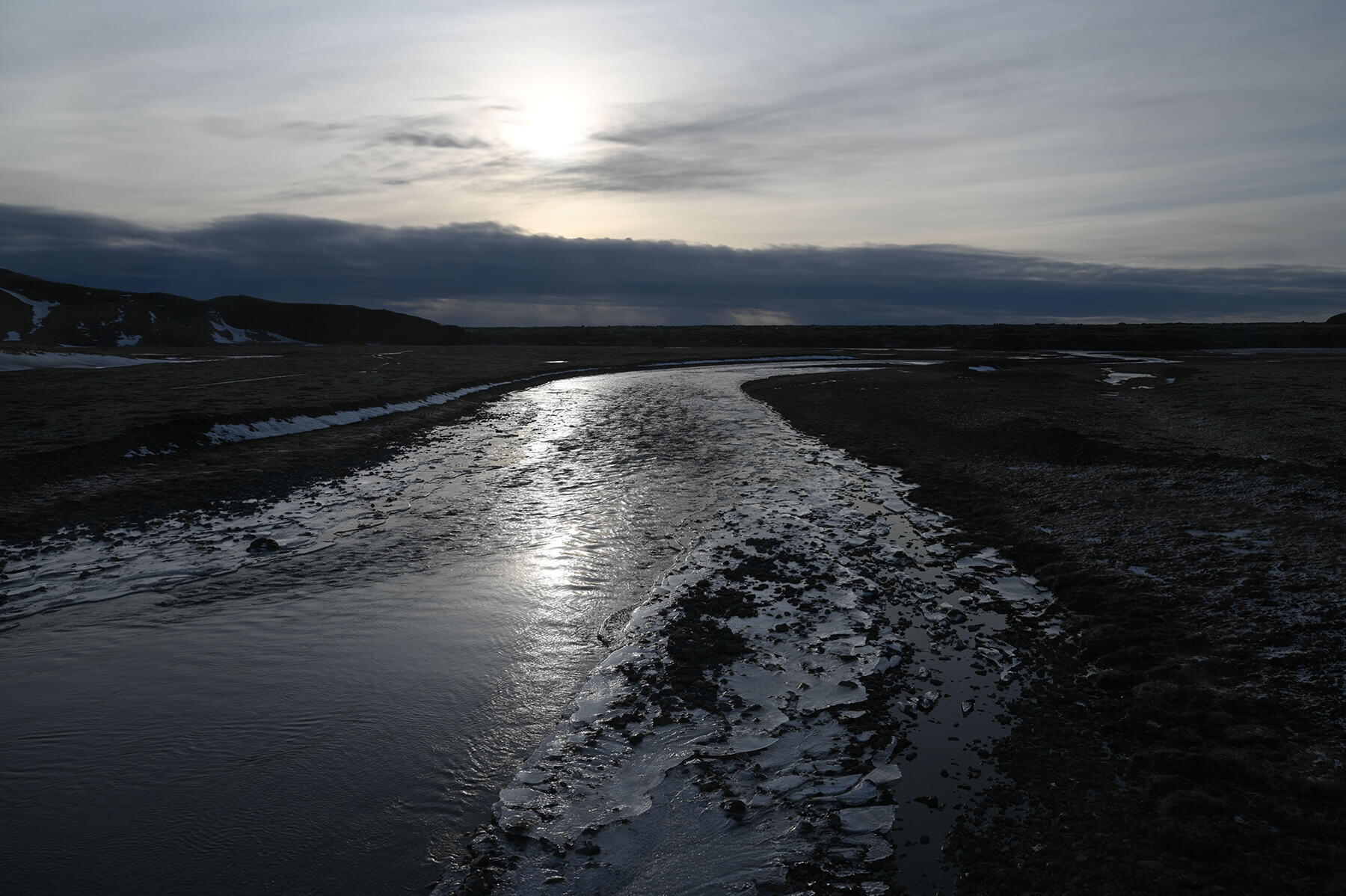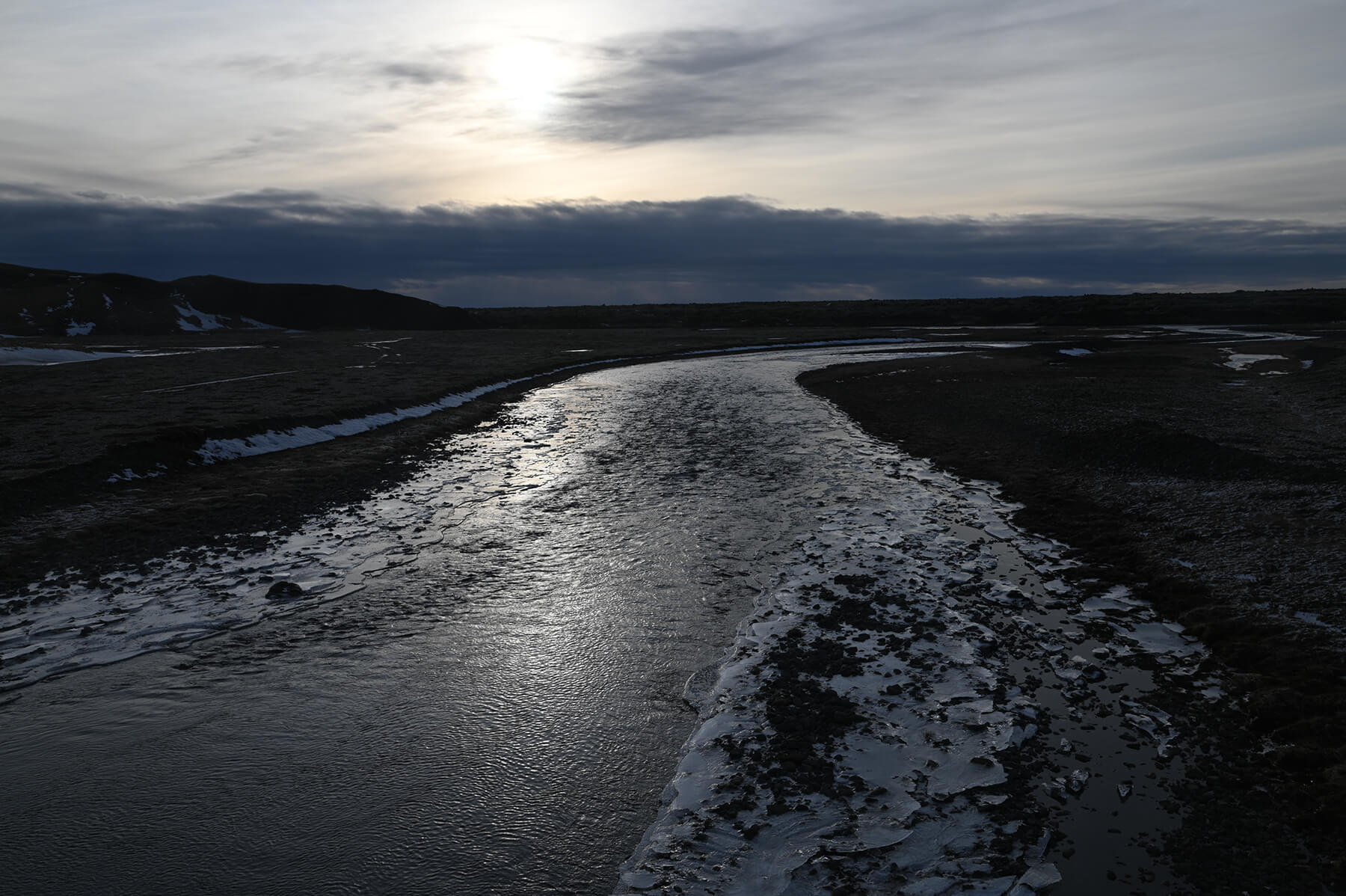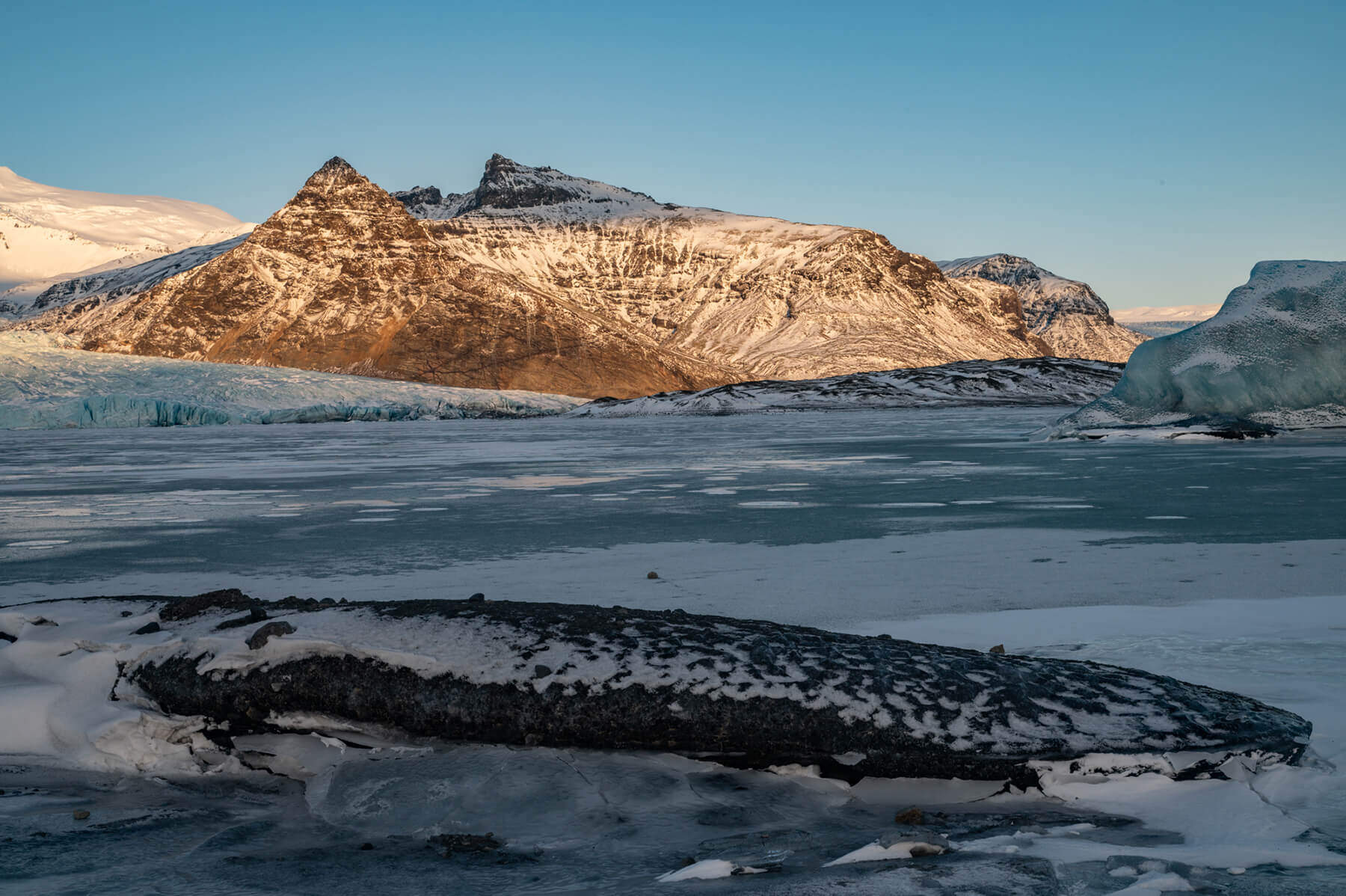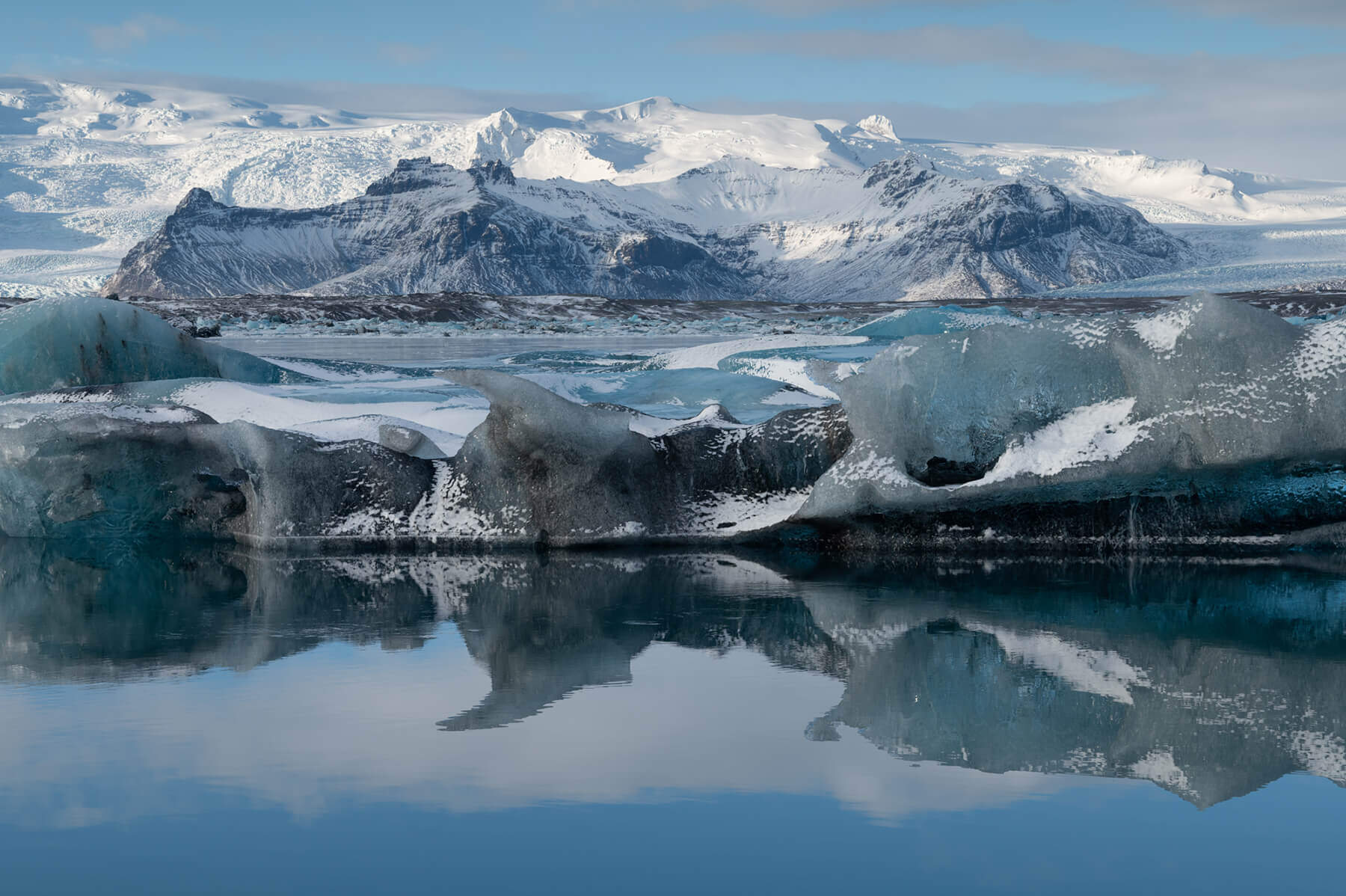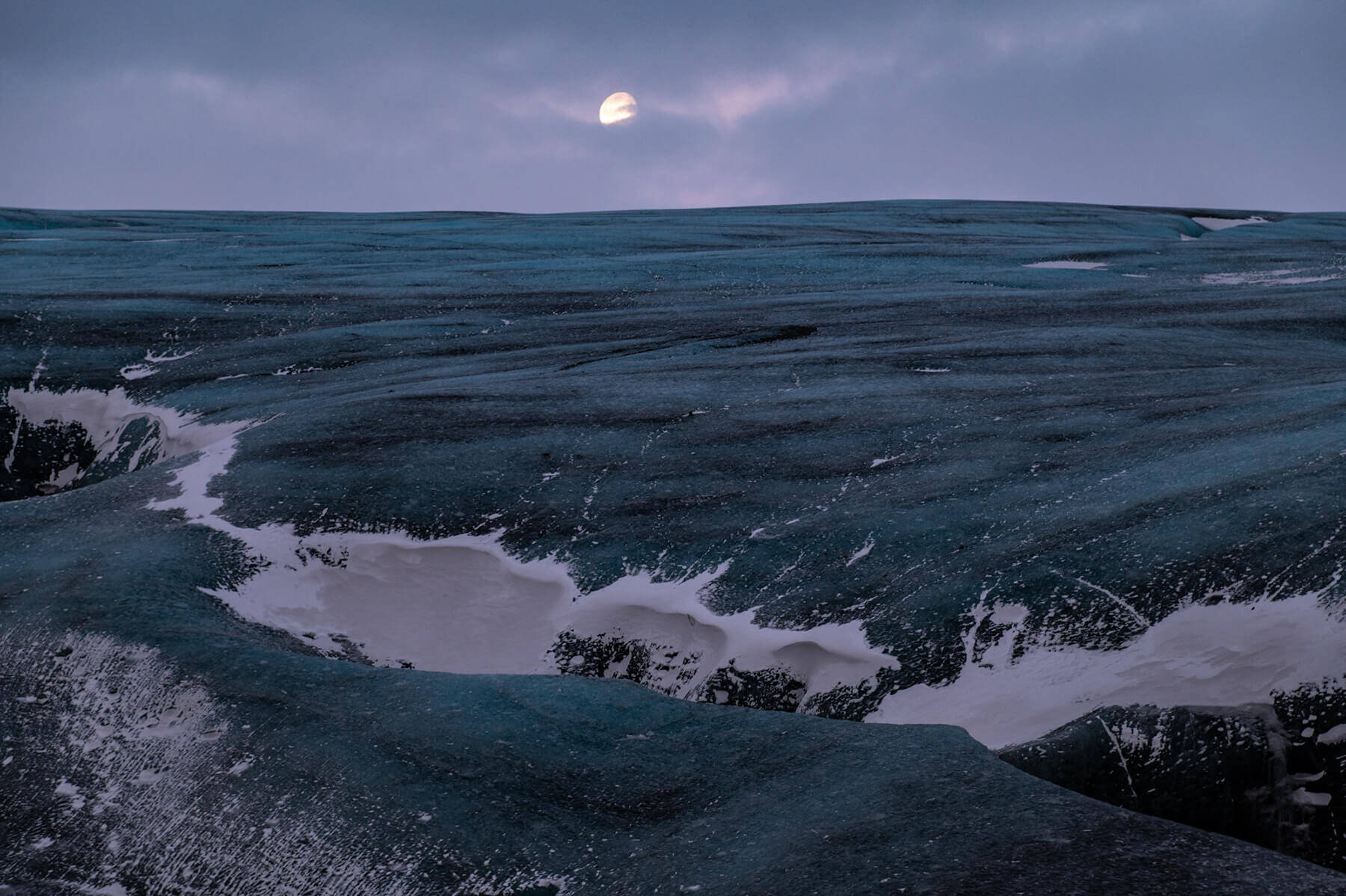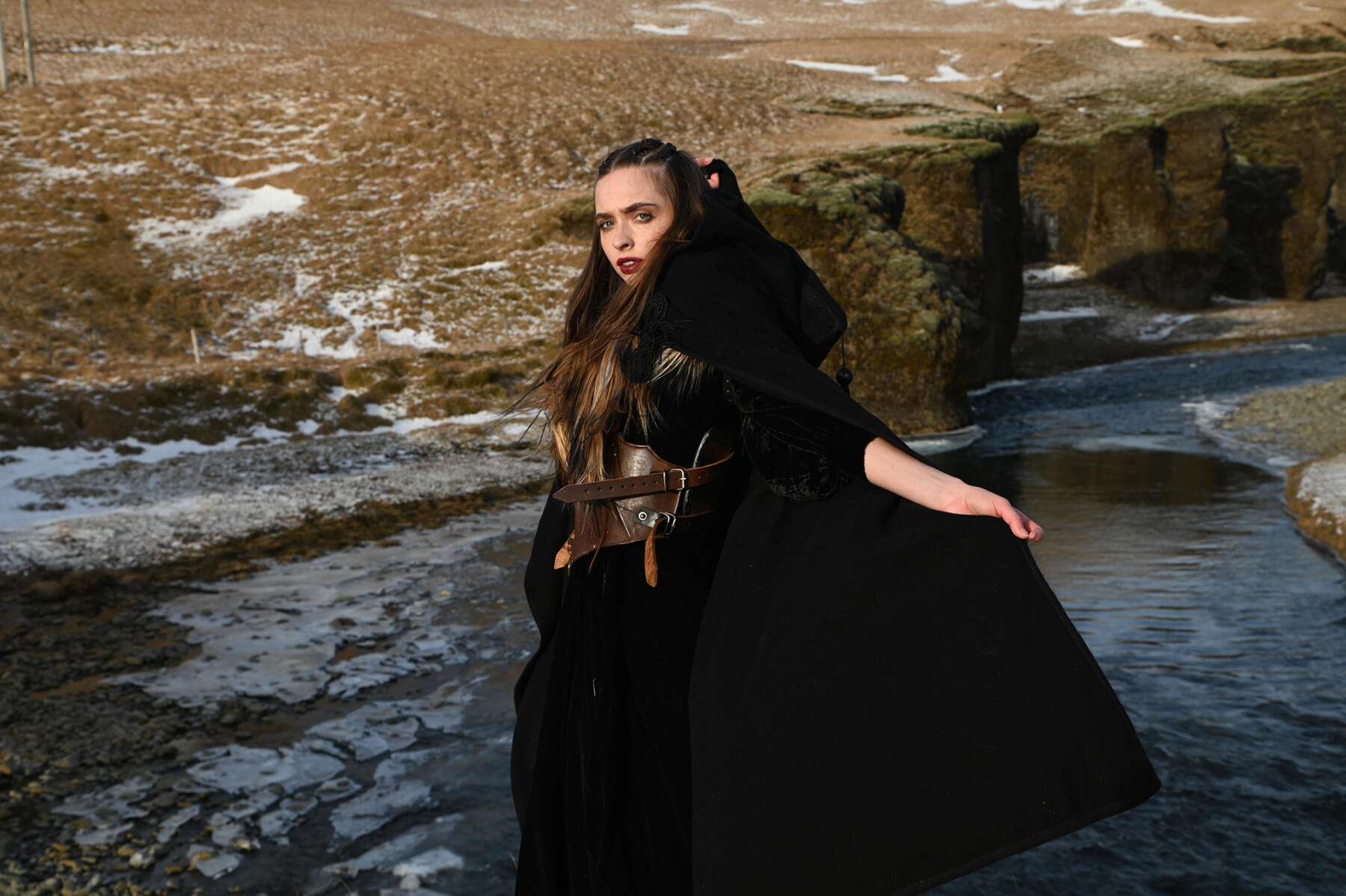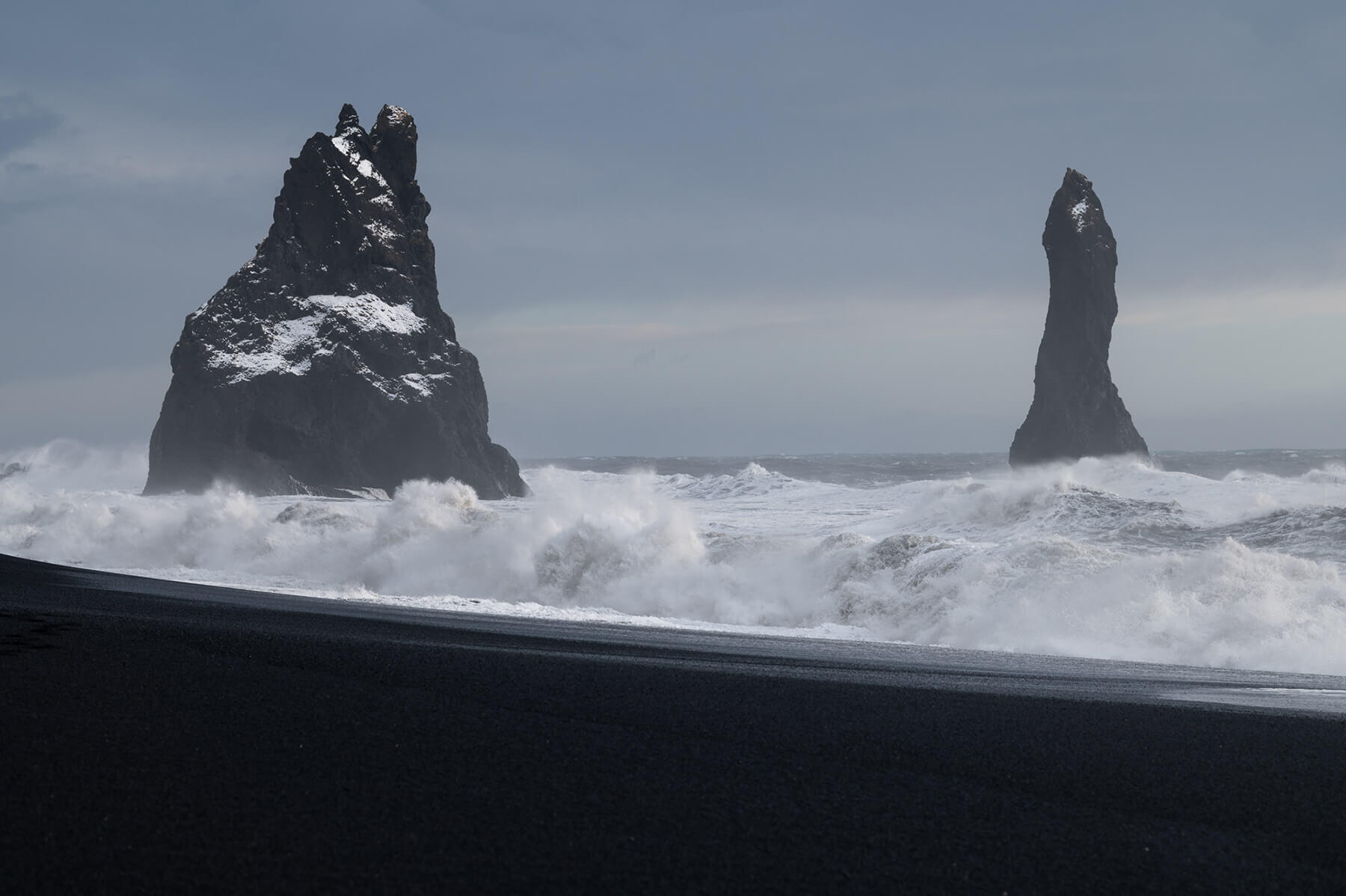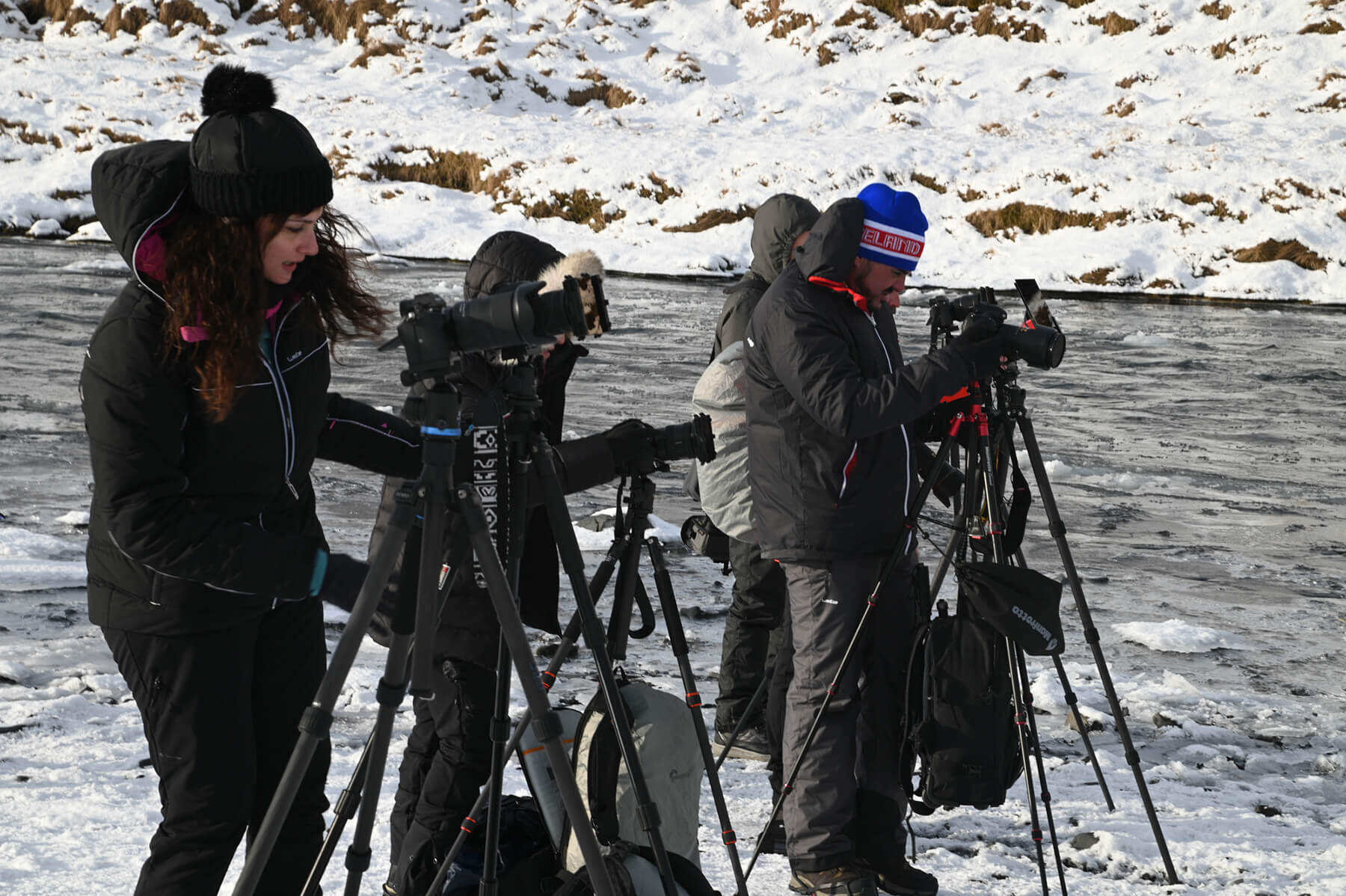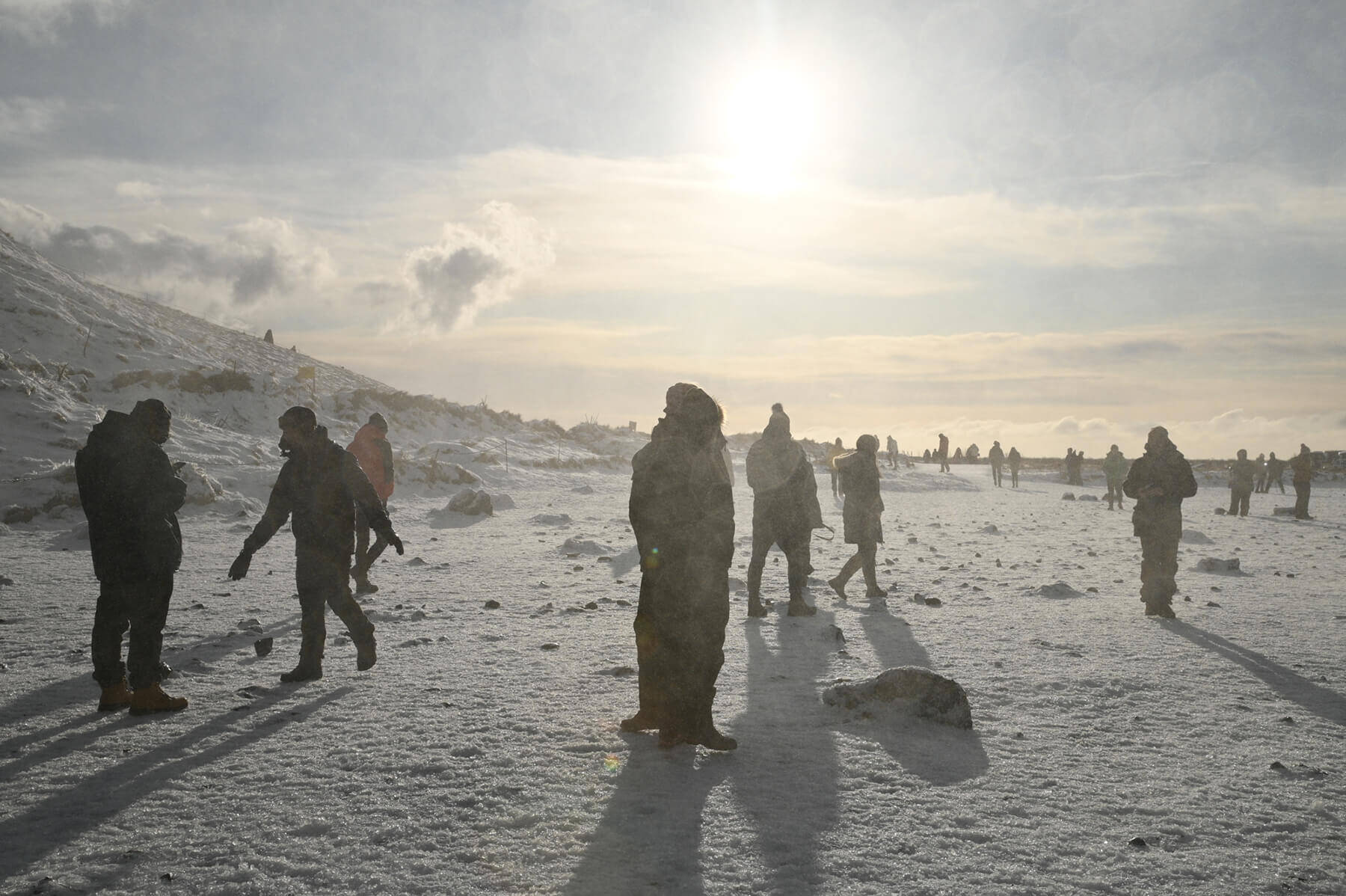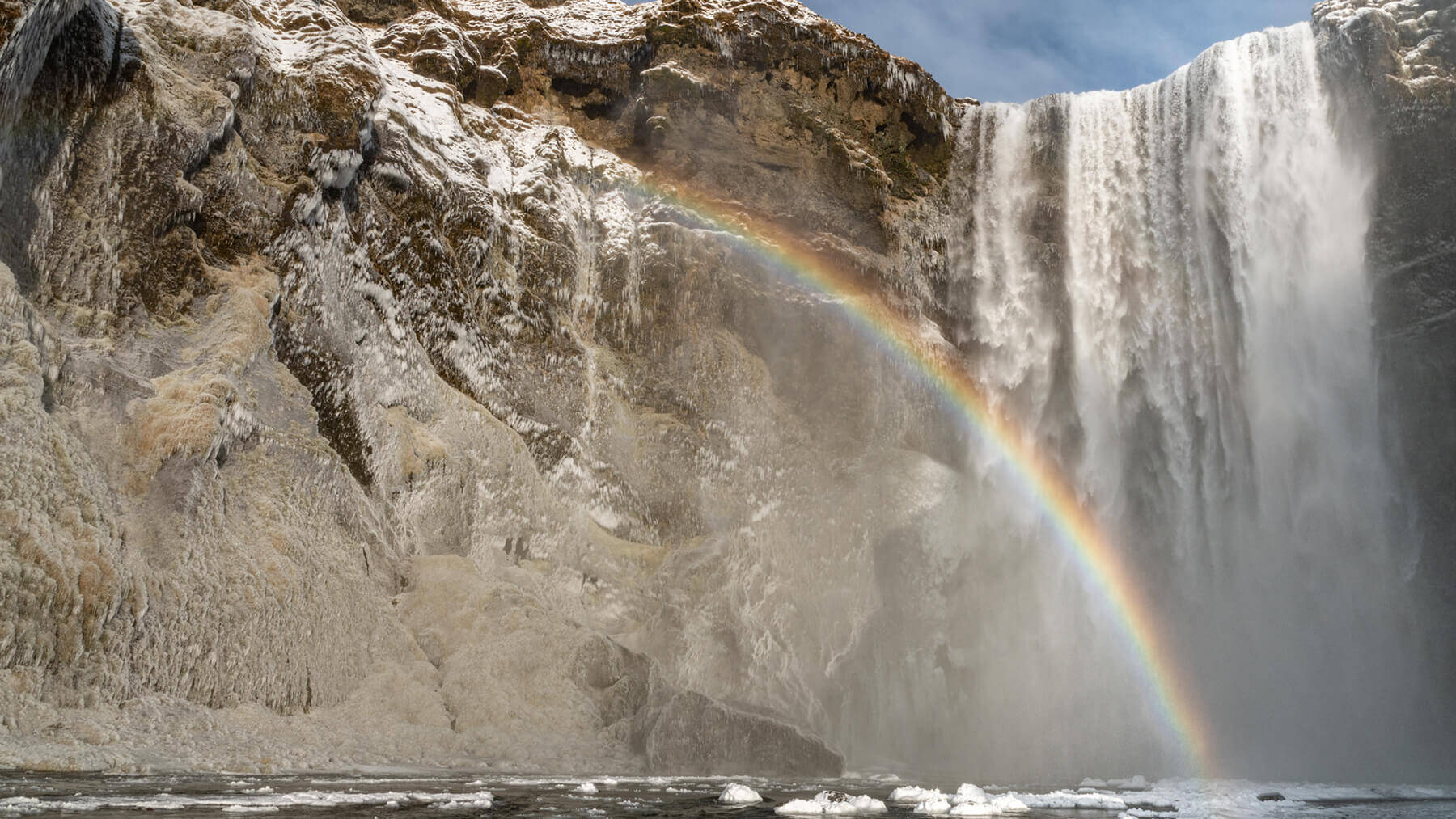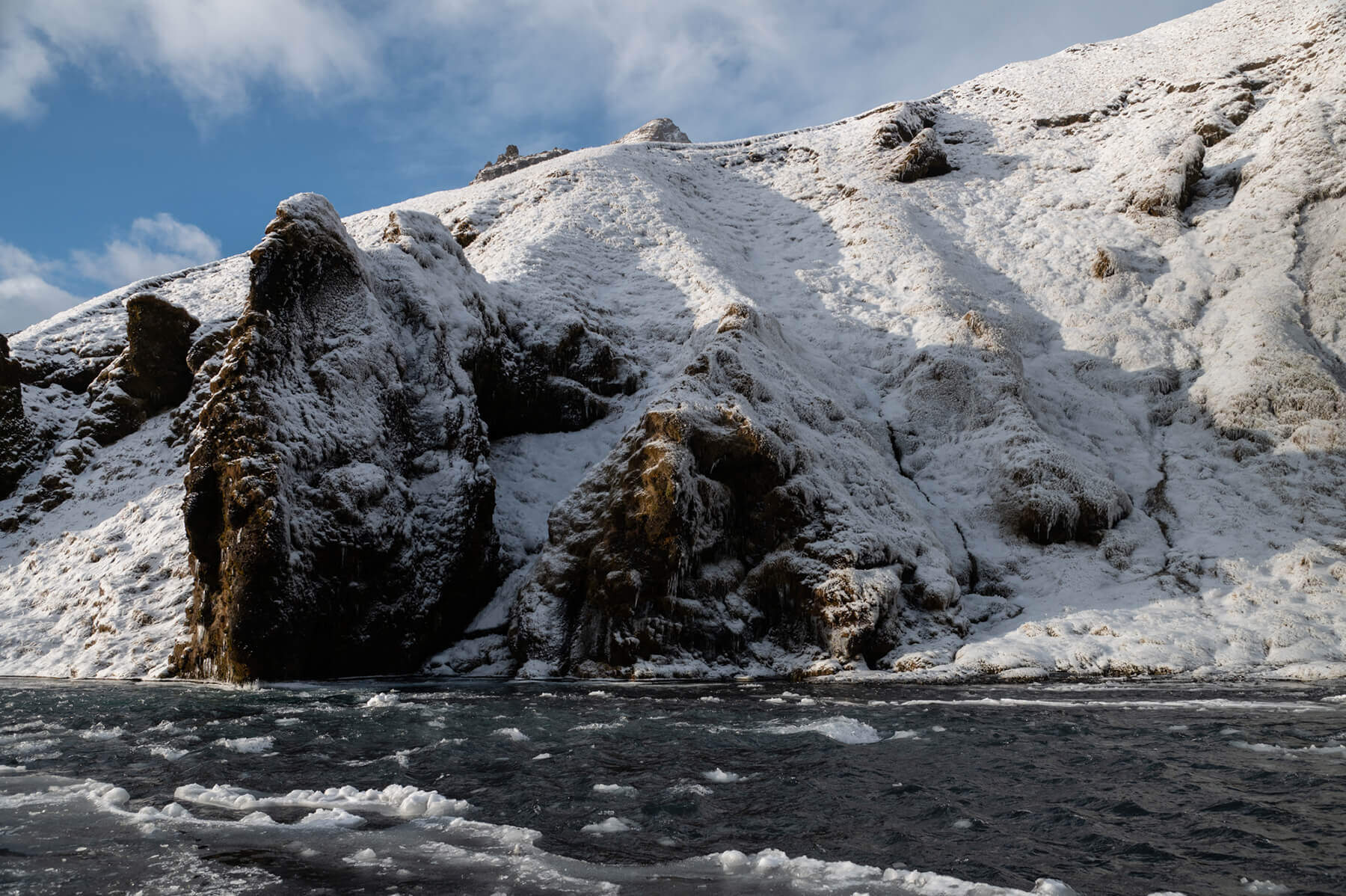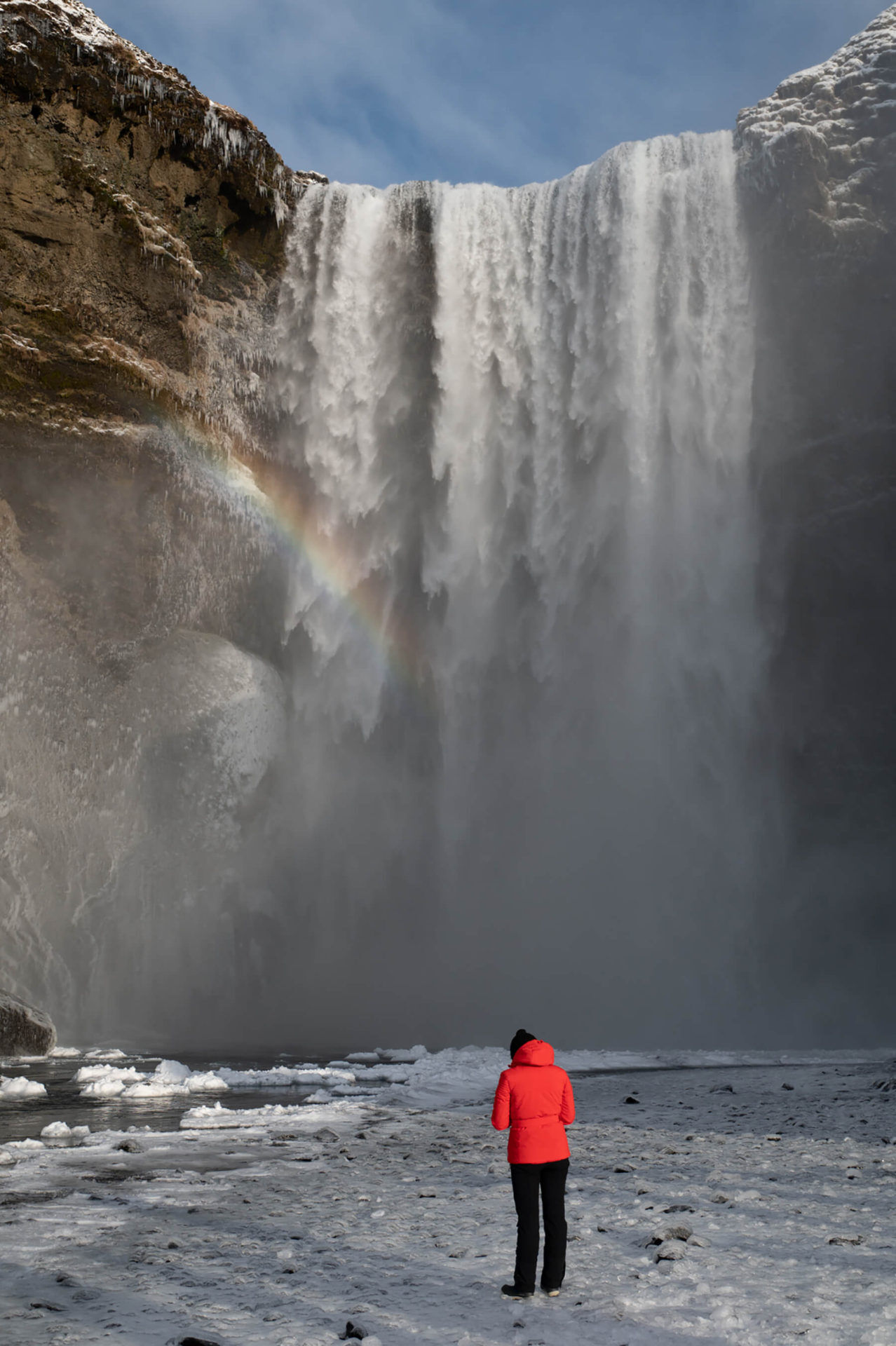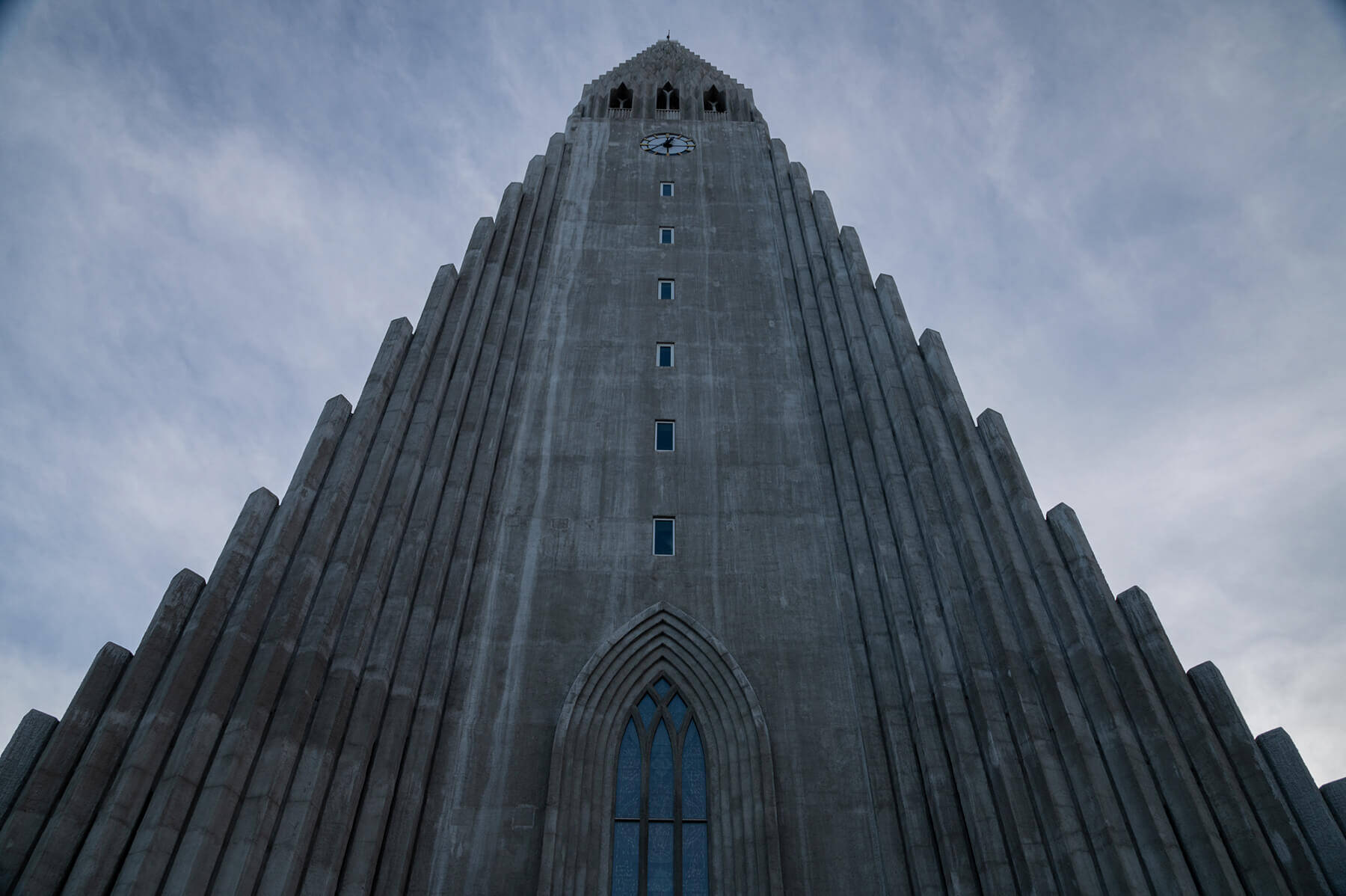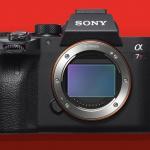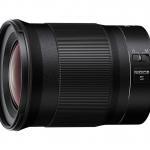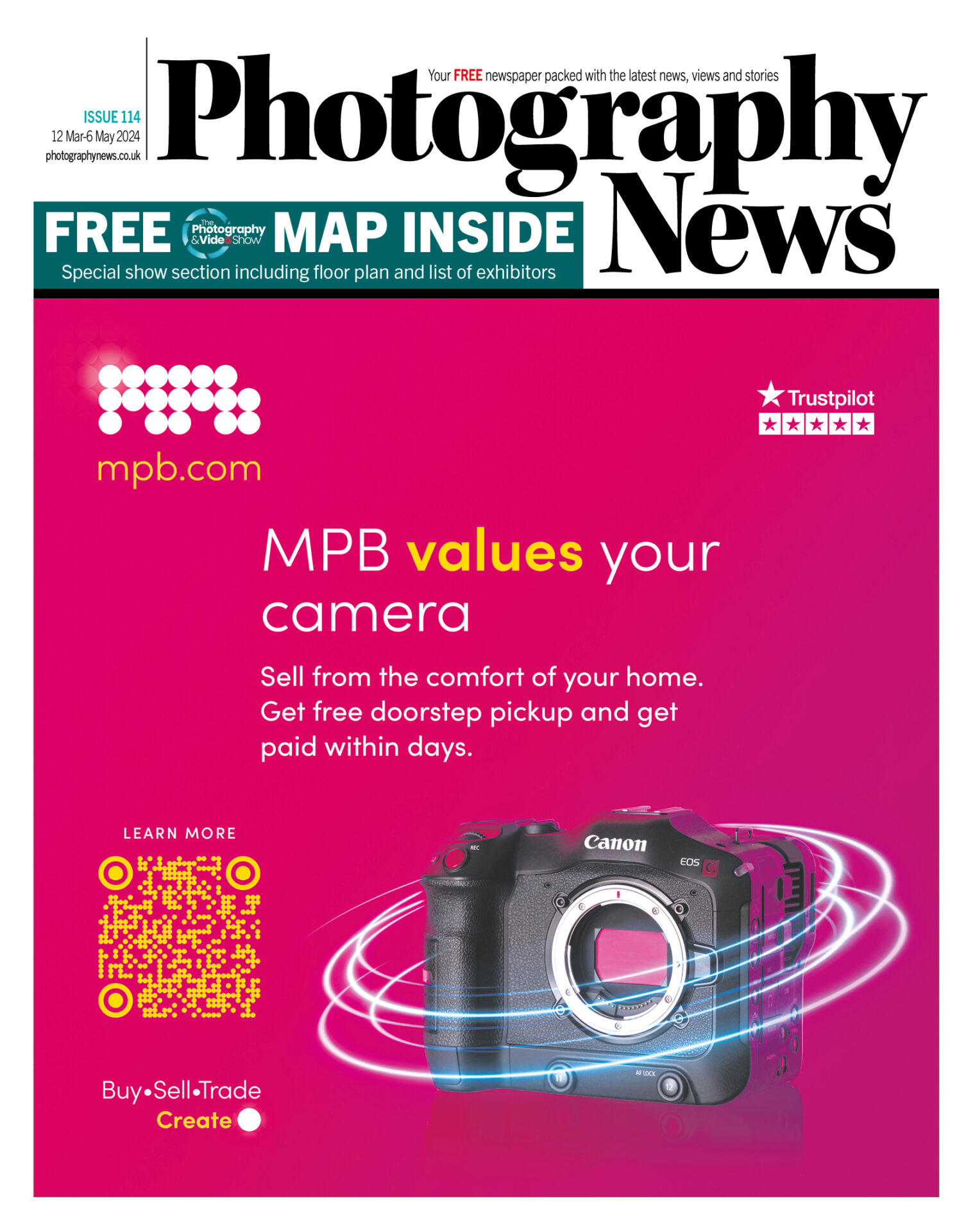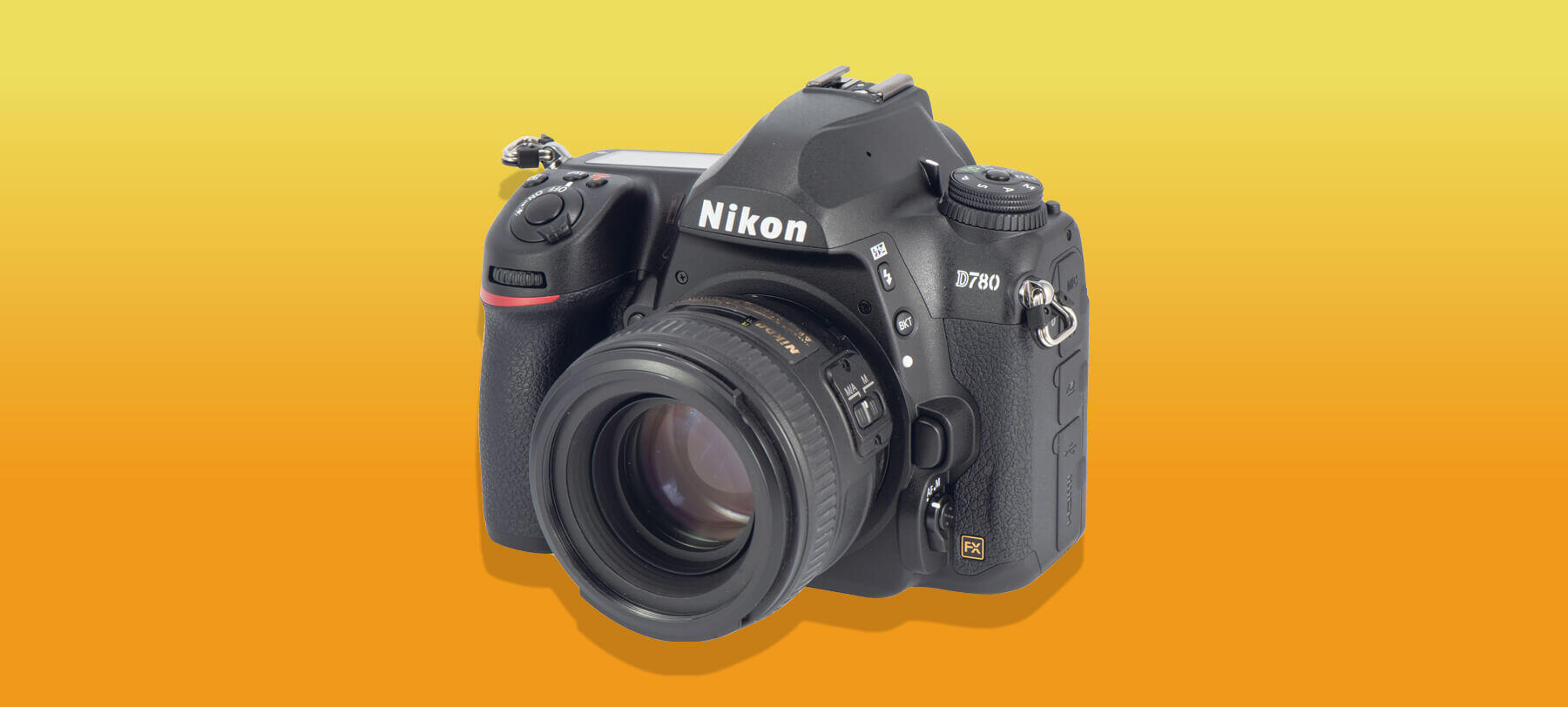
Nikon D780 test: high-performing hybrid
Posted on Mar 12, 2020
Camera buyers have the option of buying a mirrorless or a DSLR. But what about a cross between the two? The Nikon D780, for example: a full-frame DSLR that has features from the brand’s mirrorless Z 6. At £2199 body only, its price is competitive, too.
Mirrorless cameras are selling in greater numbers than DSLRs, but that hasn’t stopped Canon and Nikon introducing new models recently.
Nikon’s D780 is a full-frame DSLR – replacing the popular D750 – aimed at the keen creative photographer, perhaps someone looking to update their existing camera, or maybe keen to change format and enjoy the benefits of full-frame photography. The D780 has a compelling feature set that includes functions brought over from Nikon’s video-friendly Z 6 mirrorless model.
Headline features include a back-side illuminated CMOS sensor with an optical low-pass filter boasting an effective 24.5-megapixel resolution, working in conjunction with Nikon’s Expeed 6 processor. There is an advanced 51-zone phase-detect AF system for viewfinder photography, the same Live AF system as found in the Z 6, and fast shooting, offering up to 12fps in silent mode (in 12-bit Raw) and 7fps (in 14-bit Raw) in normal shooting, with AE/AF tracking.
As you would expect, there is an advanced video shooting feature set, too, including 4K at 30p/25p/24p downsized from the 6K sensor with no crop (unless the electronic stabiliser is used, when there is a small crop), microphone and headphone sockets, and the option of HLG HDR footage using an external movie recorder.
Those are the top-line features, and there is a great deal more. The D780’s ISO range reaches 51,200 with the option of expansion to an ISO equivalent of 204,800, there’s a tilting touchscreen and features like HDR, focus shift shooting, silent live view shooting and time-lapse. A feature of the D780 not found in Nikon’s Z 6/7 cameras is a dual card facility – both are SD, UHS-II compatible.
There’s a lot to cover, so let’s dig into what’s on offer and how the camera handles and performs.
Performance: ISO
The D780 with a 24-120mm f/4 zoom on a Gitzo Traveller 2 tripod was used for this ISO set, which was shot at night without any in-camera noise reduction. The exposure for the ISO 100 image was 5secs at f/8. The 14-bit Raws were processed in Nikon Capture NX-D – again with no noise reduction.
I have to say that the camera’s noise performance was impressive. Images were very clean up to ISO 800, with no noise noticeable on images exposed up to that speed. In fact, you could if you wanted use ISO 800 or even ISO 1600 as a default speed, because images were remarkably clean, even in areas of smooth shadow or mid-tones where noise is usually most evident. If needed, a little noise reduction applied in processing would help, of course.
Digital noise does start to appear when you venture past ISO 1600, not in any huge, negative way, but gradually, and noise only starts to be significant at ISO 6400. Even then, fine detail and saturation remain at high-quality levels and the noise itself is neutral and looks filmic. I think ISO 6400 is the highest speed most photographers would use for critical results, but even ISO 12,800 turns in decent images.
The top ISO 51,200 speed is useable if you had to shoot in the most dire lighting conditions and needed fast shutter speeds, but expect coarse grain and a serious impact on detail. The expanded ISO equivalents are, as you would expect, very noisy and gritty.
The D780 is an impressive high ISO performer. I would go as far to say that it is a seriously good high ISO performer and I was getting lovely A2 prints, even at ISO 3200, with a little noise reduction in software.
Click the images to see a larger view
The D780’s handling is very much in the mould of past generations of Nikon DSLRs. So we have the on/off switch in what I feel is the ideal position, ie. around the shutter button, perfect for single-handed use, and means the camera is on and ready to shoot easily by the time the camera is up to the eye. As it stands, there is no option to set live view to activate as the camera is switched on, so if you want live view you need to push the LV button – this has still and video options. And, of course, there is no eye sensor for auto switchover from live view to optical finder shooting and, yes, on a couple of occasions I found myself looking at a black viewfinder.
The ISO and exposure compensation buttons are nearby, so readily accessible with rear and front input dials to adjust shutter speed or aperture – the direction can be altered and you can pick which dial you want to do what. On the left (from a behind-the-camera perspective) of the lens plinth is a BKT button to engage exposure bracketing and, on the right, two function buttons labelled Pv and Fn that you can assign to one of 27 functions, including none. In total, six buttons can be used as function buttons to varying degrees – the AE-L/AF-L button has eight options, the BKT button has four, the AF-ON, seven, and the movie record button, three. The i button can be customised, too, and the 12 menu boxes set to 28 different features in still shooting or 33 in movie mode.
I found I had more than enough custom options, even though the D780 is not quite in the same league as some mirrorless models in this respect.
On the back, there is an AF-ON button, which, although not as large as that found on Nikon pro DLSRs, is big enough and usable with thin gloves on.
Performance: exposure latitude
To assess exposure latitude, a variety of scenes were exposure bracketed in 1EV steps up to +/-4EV (the two extreme exposures are not shown here). This bracket (of Dorset’s Durdle Door) started at 1/500sec at f/4 at ISO 100. The Raws were exposure-corrected in Adobe Lightroom.
The D780’s Raws have very good exposure latitude. If you manage to underexpose by -4EV, you deserve all you get, but the D780’s Raws corrected very, very well. I expected to see serious noise – there was some, but it was well controlled – in the exposure-corrected shadows and a significant impact on detail and colour saturation, but no, I got very decent images that stood direct comparison, even with the correctly exposed shots.
By definition, the less severely underexposed Raws looked very good, correcting nicely and with no noise or artefacts, so no issues at all with underexposure.
With overexposed Raws, the +2EV shots consistently corrected well, giving almost identical results to the correctly exposed shots. Overexposing by 3EV could still give acceptable results when there was no bright sky in shot. If there was sky in shot, it would have a grey, veiled look typical of severe overexposure.
In summary, the D780’s underexposure performance was impressive, even exceptional, so you could deliberately underexpose for a faster effective ISO if you needed and not sacrifice image quality too much. Overexposure is more limited to this sort of exposure abuse, but +2EV Raws are still very recoverable. A very good overall showing, though.
There is no AF point joystick, so you have to use the four-way controller or D-pad. It works fine in practice, but it could be bigger and a focus lever would be better still. In viewfinder photography, the area covered by the 51 AF zones covers around one third of the central area, which is limited compared with the camera’s live view AF, which covers much more of the full-frame format, with 273 AF points with touch focus/shooting and face and eye detect.
The D780 is the first Nikon DSLR with on-sensor phase-detect AF, but having two systems with different characteristics takes getting used to. Live view AF was generally very good, sensitive and accurate, but it’s not infallible. For example, on several occasions I was shooting with the camera at ground level and using touch AF, but found the focusing slightly off when I double-checked using the focus magnifier option, and I manually tweaked the focus. Sensitivity and responsiveness in both AF modes in low light was generally very good.
I shoot mostly matrix metering mode in aperture-priority and manual exposure modes, and I have to say that exposures were generally very consistent and accurate. During my time with the D780, I made around 2500 exposures in a wide variety of lighting scenarios. This included a trip to Iceland (dealing with black sand, blue ice and snow), the high winds of Storm Dennis, and on a calm, sunny weekend on the Dorset coast.
I was shooting JPEGs and 14-bit Raws processed through Lightroom and Nikon Capture NX-D. Exposures were generally accurate and consistent, faltering on some tricky sunlit Icelandic snow scenes, but I think any camera would have had the same issues. In such situations, the camera erred on the side of underexposure, which I find preferable, and meant that highlights retained detail.
The potential downside of this is if shadows need a serious uplift in processing, there’s the risk of more noise present in these tones – but that is better than burnt-out highlights, which are often beyond recovery. Black sand coming out grey was another example of meter fallibility, but that’s why we have exposure compensation.
Overall, though, I thought exposure and auto white-balance performance were impressive.
Performance: HDR
The D780 has a host of features typical of a modern DSLR and includes multiple exposure, focus shift shooting, silent shooting, time-lapse movie and HDR. In the latter, the camera automatically makes two exposures and merges them in-camera to give a final, processed, straight-out-of-the-camera JPEG (there is the option to keep the two original Raws). Typically, in HDR the two exposures were 3EV apart.
I went for a contrasty scenic to test the feature shooting at all the available HDR settings, plus a normal exposure. Here, shooting into the sun meant the contrast was very high, even though high cloud did take the edge off the sun’s intensity. The D780 was fitted with a 24-120mm f/4 zoom and the straight exposure in aperture-priority mode was 1/160sec at f/11.
The extra high setting was too much for this particular scenario, while the low setting had minimal effect. The normal setting did a good job of helping rein in highlights, but shadows were still a tad too deep, so with this scene and to my tastes I’d go for the JPEG created using the high setting, which I think gave the best tonal balance.
On battery life, Nikon claims 2260 shots from a full battery with viewfinder shooting – this compares with 1230 on the D750. In Iceland, I was getting around 500 still shots and movie footage using live view and the optical finder with capacity to spare, and this was in temperatures of around 0°C. On one day, when I shot no video, I took nearly 800 stills and had two bars of battery life left, which I thought was very good.
When it comes to shooting speed, using a Lexar 2000X SD card in continuous high, I got 60 14-bit compressed Raws at just under 8fps before the camera paused to draw breath – and that number increased to 100 in 12-bit Raw. Switching to live view, silent mode and 12-bit Raw, I got 33 shots at 12fps. While the D780 is not the fastest camera in this respect, it is easily good enough for most enthusiast action shooters.
As is the norm nowadays, the D780 has 4K video shooting and has features such as a headphone jack for audio, face detect AF, time-lapse, 120fps Full HD and electronic vibration reduction. The latter does gives a minor crop – as a rough guide, a tightly framed shot at 55mm with no electronic VR needs a 50mm focal length for the same composition with VR on. Electronic VR works well within reason, but not having in-body image stabilisation – which the Z 6 does have – limits handheld shooting. It’s fine for static handheld shooting, but was a little jerky with panning even a walking subject, and not much good shooting on the go.
Face detect during video shooting works well and keeps track of your subject as they cross the frame at normal walking pace. This is providing the face isn’t too small in the frame, when the AF detect does not pick it up. If the subject being tracked turns away or moves too far from the camera position, the face detect drifts off and then reacquires as the subject reveals more of their face or comes in closer. A side profile was often enough for face detect to work, but not always. If you have several people in shot, you can use the touchscreen to highlight the face you want to focus on.
The quality of video and still shots was impressive, with excellent sharpness and great detail. I was especially impressed with the D780’s high-speed ISO performance, so see the panel earlier in this review for more on this.
Verdict
The Nikon D780 is a very fine camera with an attractive feature set offering full-frame image making at a competitive price. Would-be full-frame content creators, whether existing Nikon users looking to upgrade or currently uncommitted to a system, have a seriously capable camera for their short list, and the D780 comes highly recommended.
Pros: Impressive image quality, excellent noise performance at high ISOs, fine handling, good battery life, dual card slots.
Cons: Live view AF slipped up on occasion, AF area in viewfinder shooting not as broad as mirrorless rivals, lack of in-body image stabiliser.
For more information, please visit the Nikon website.


